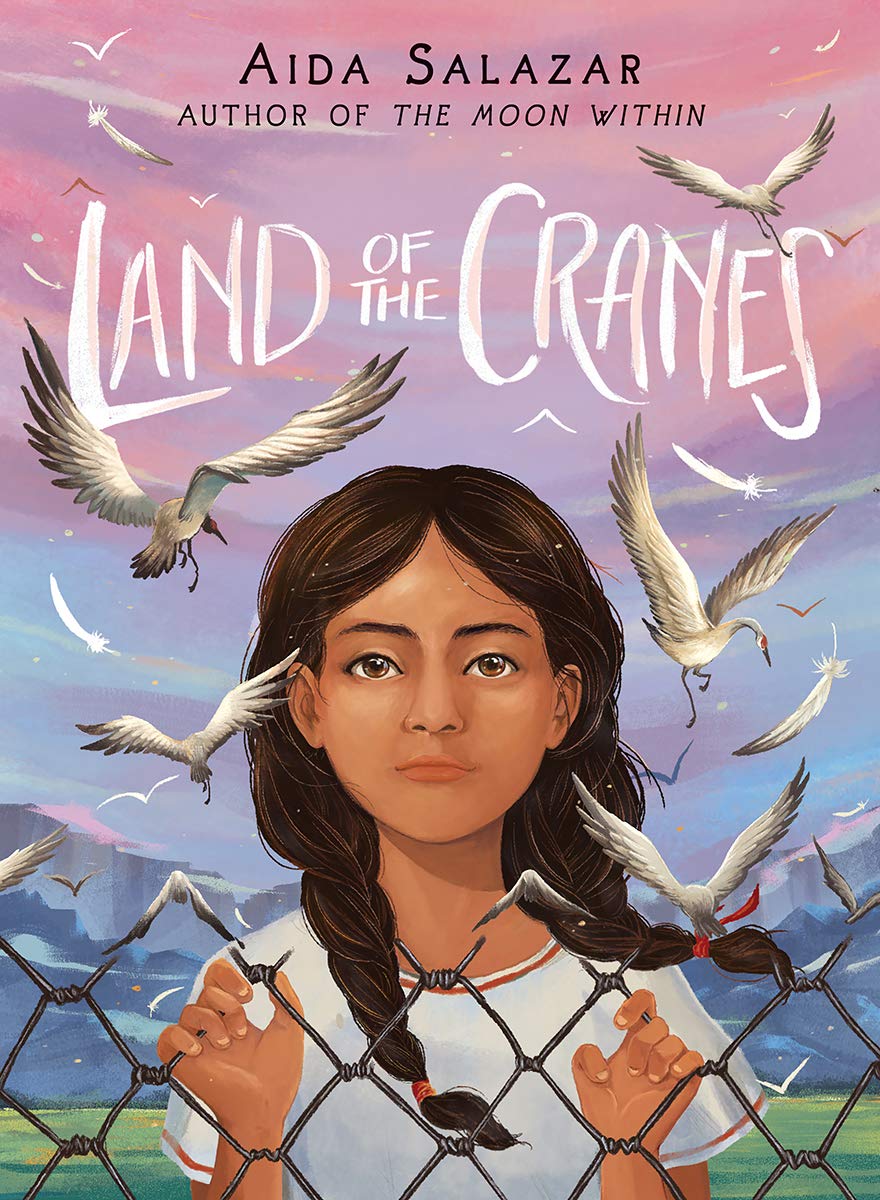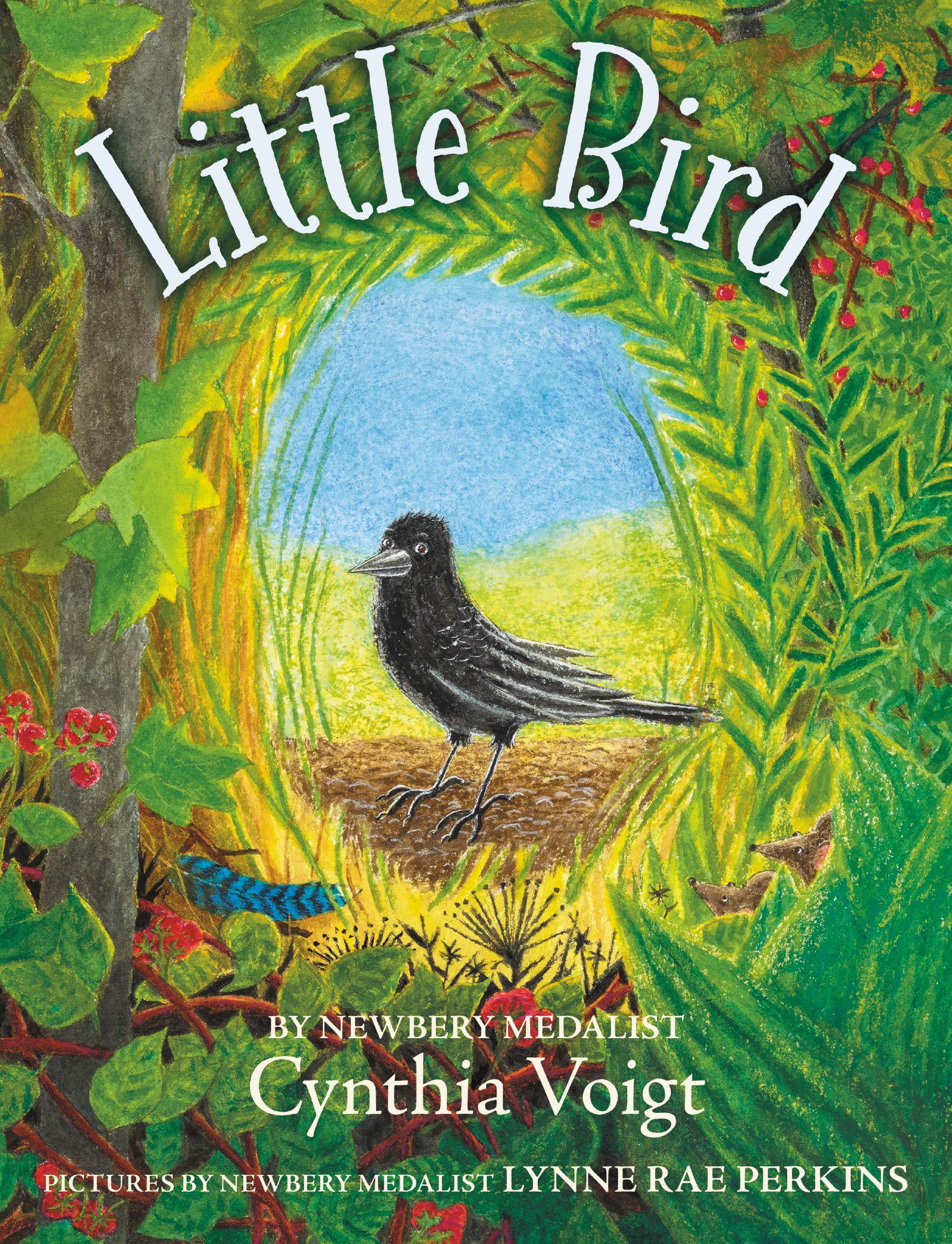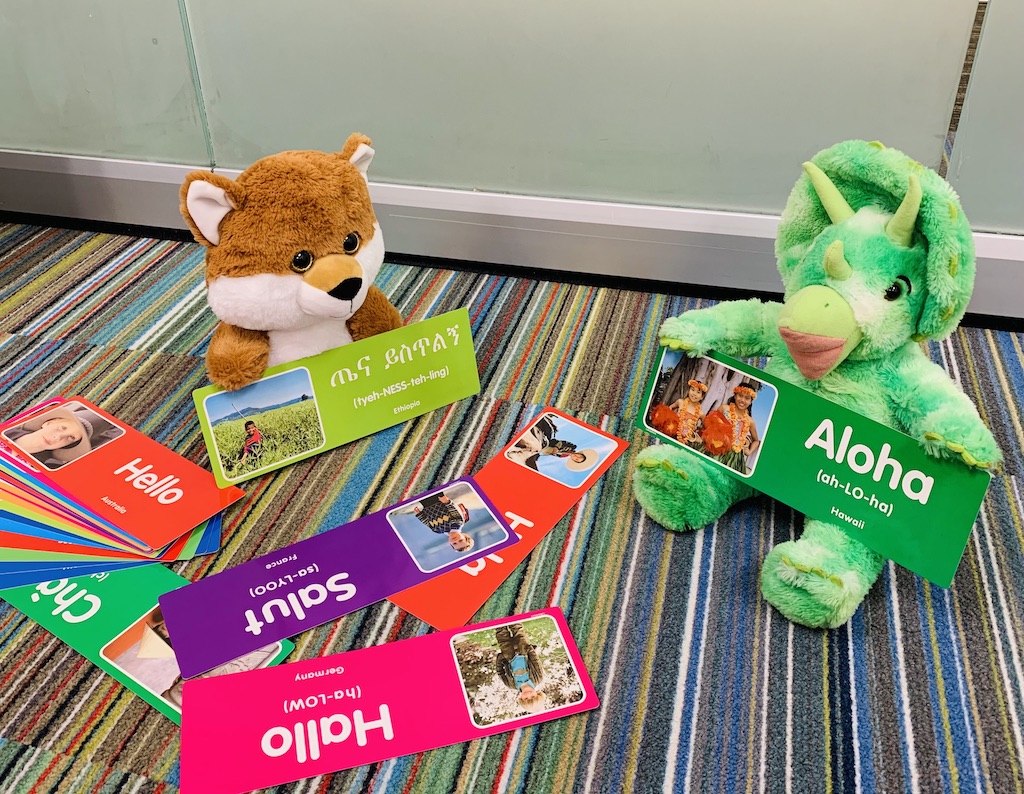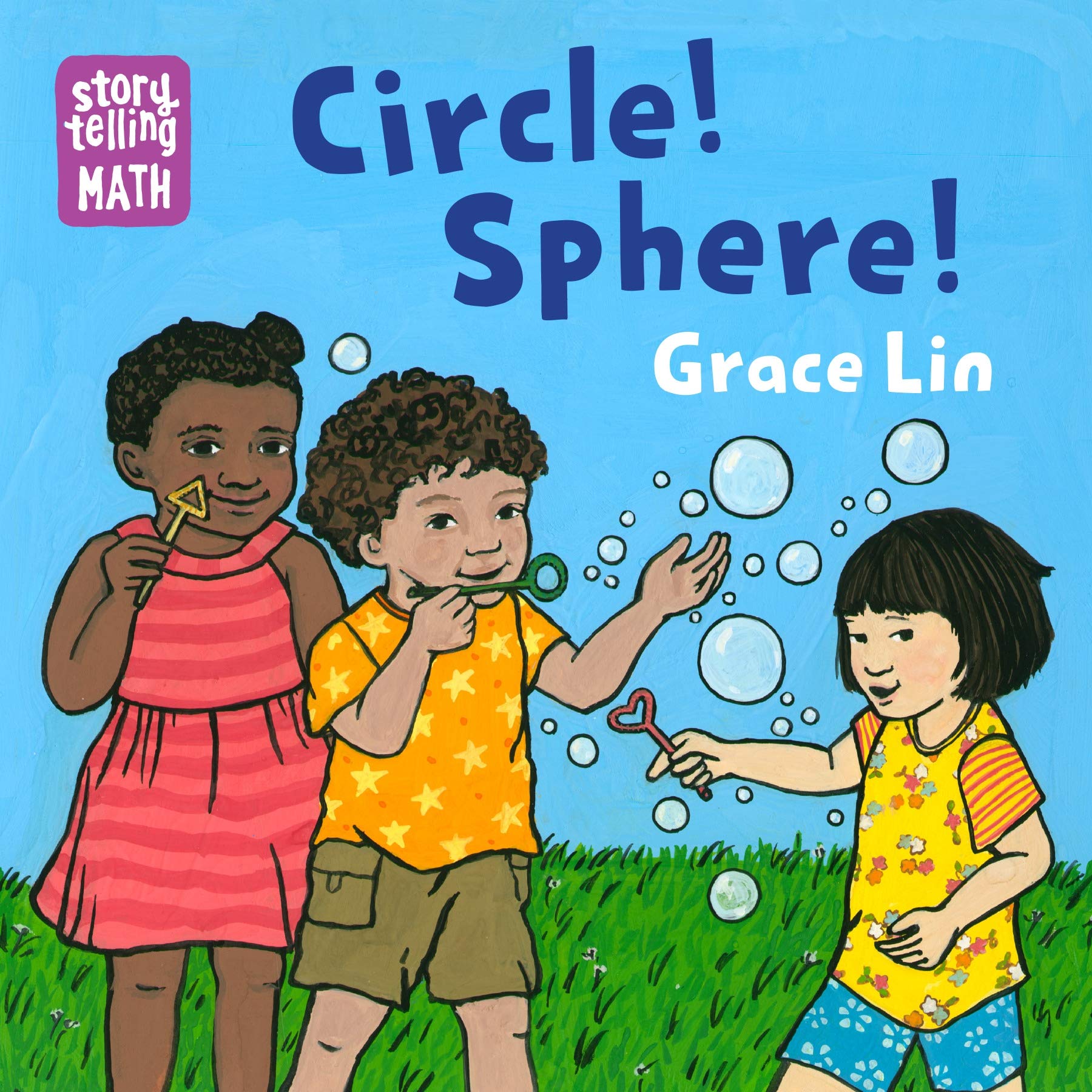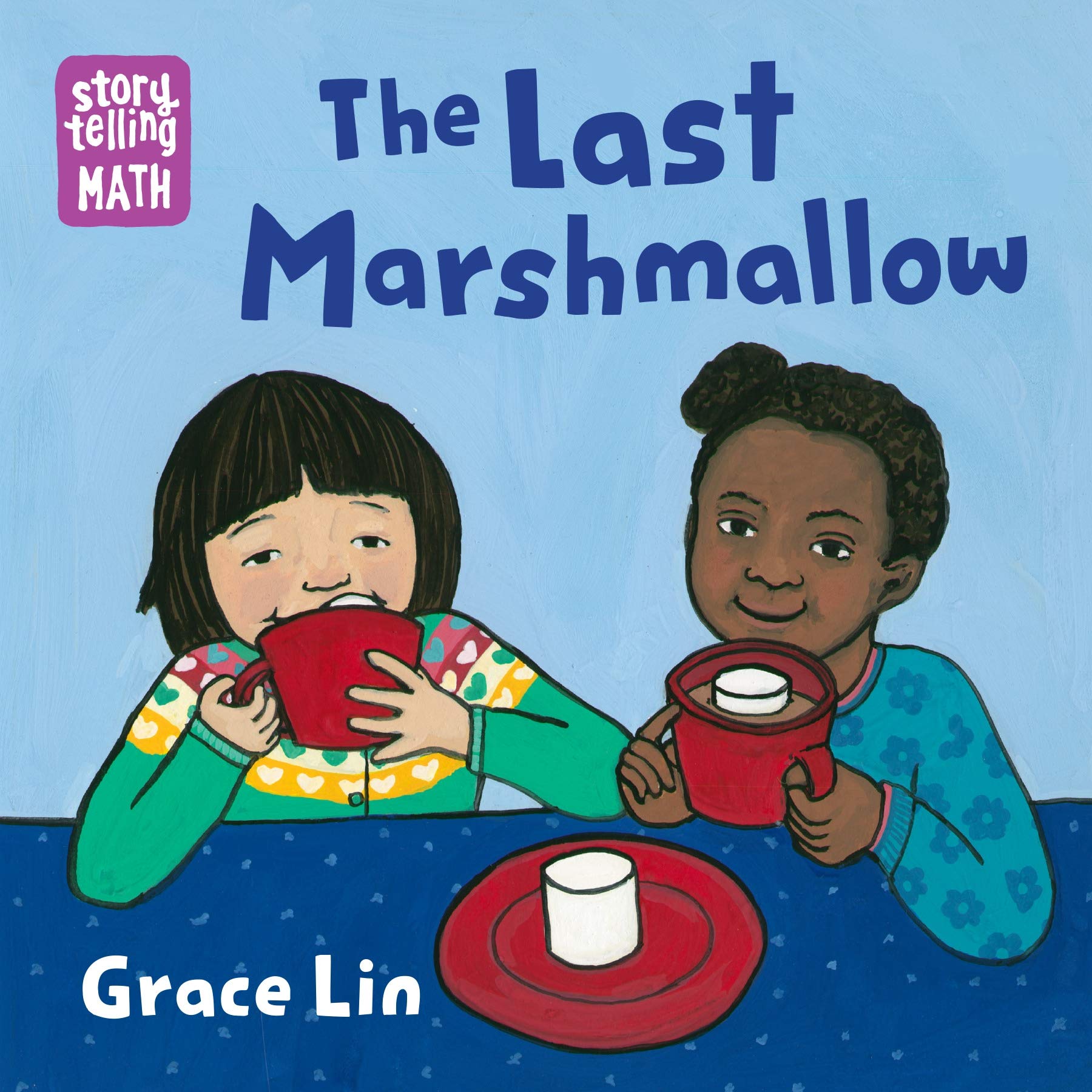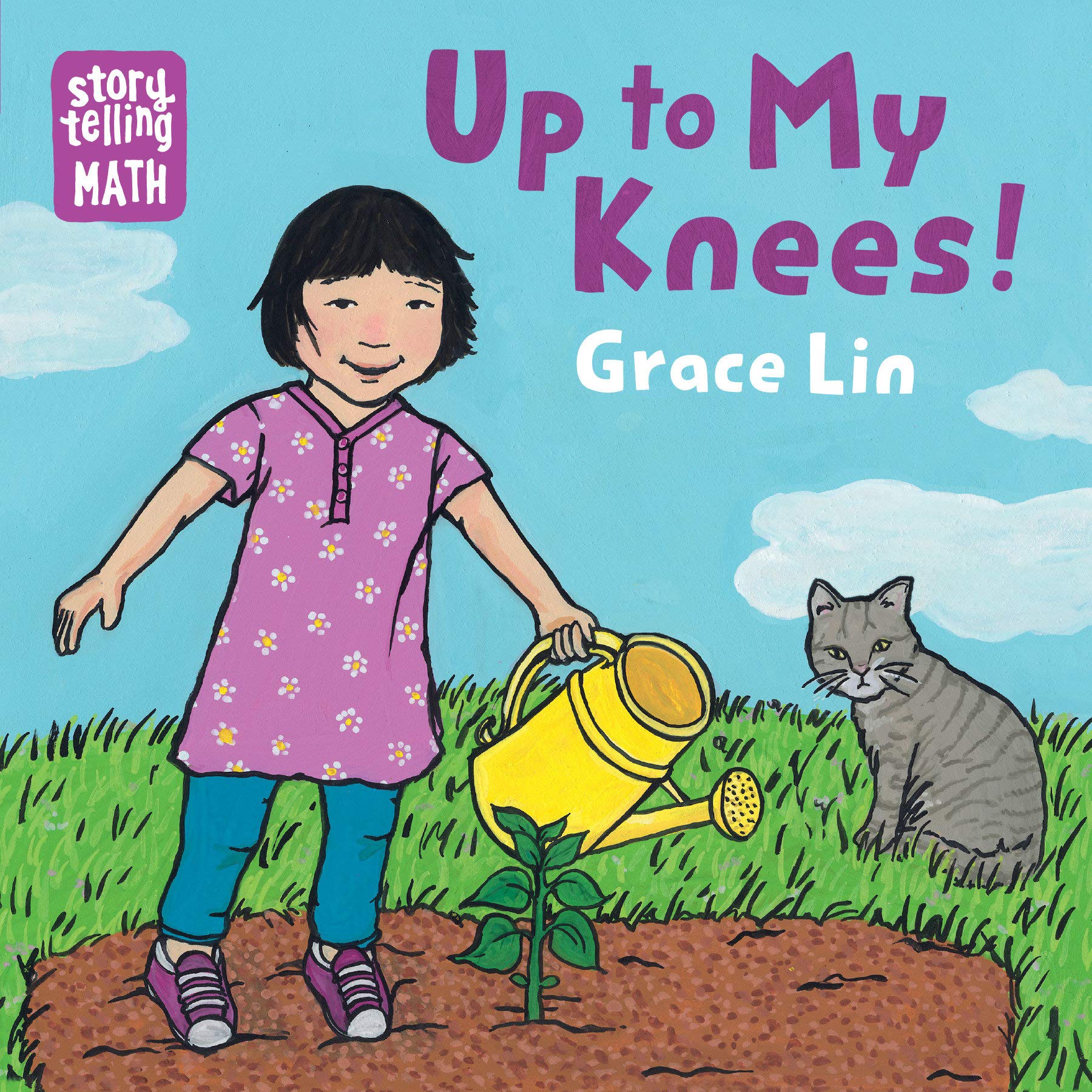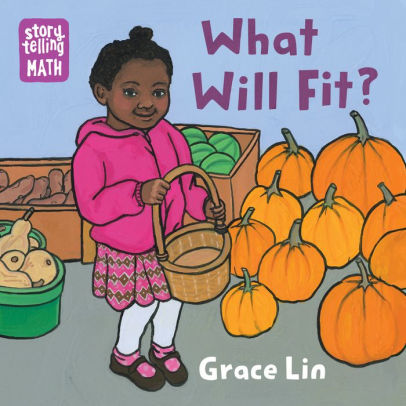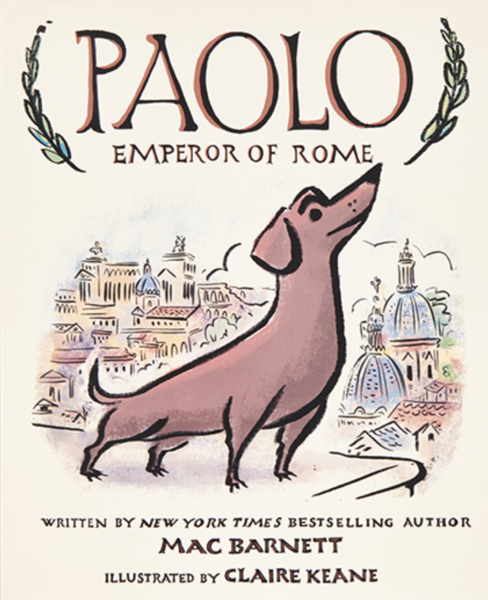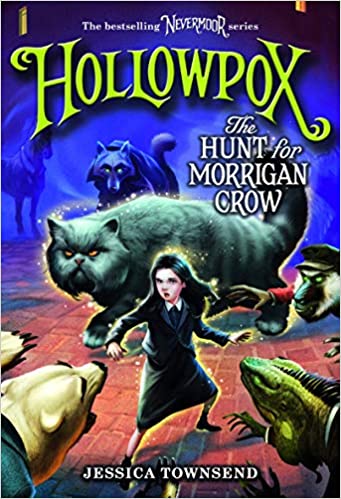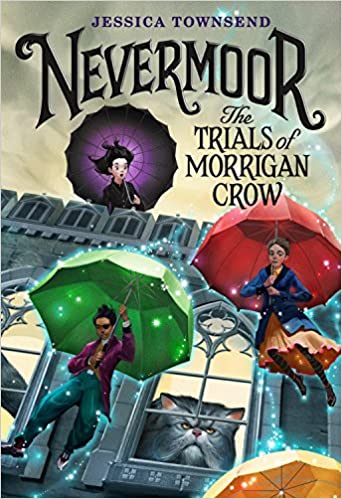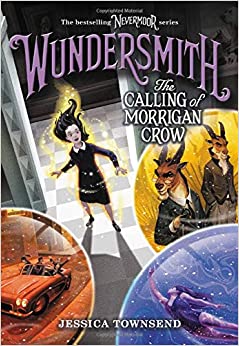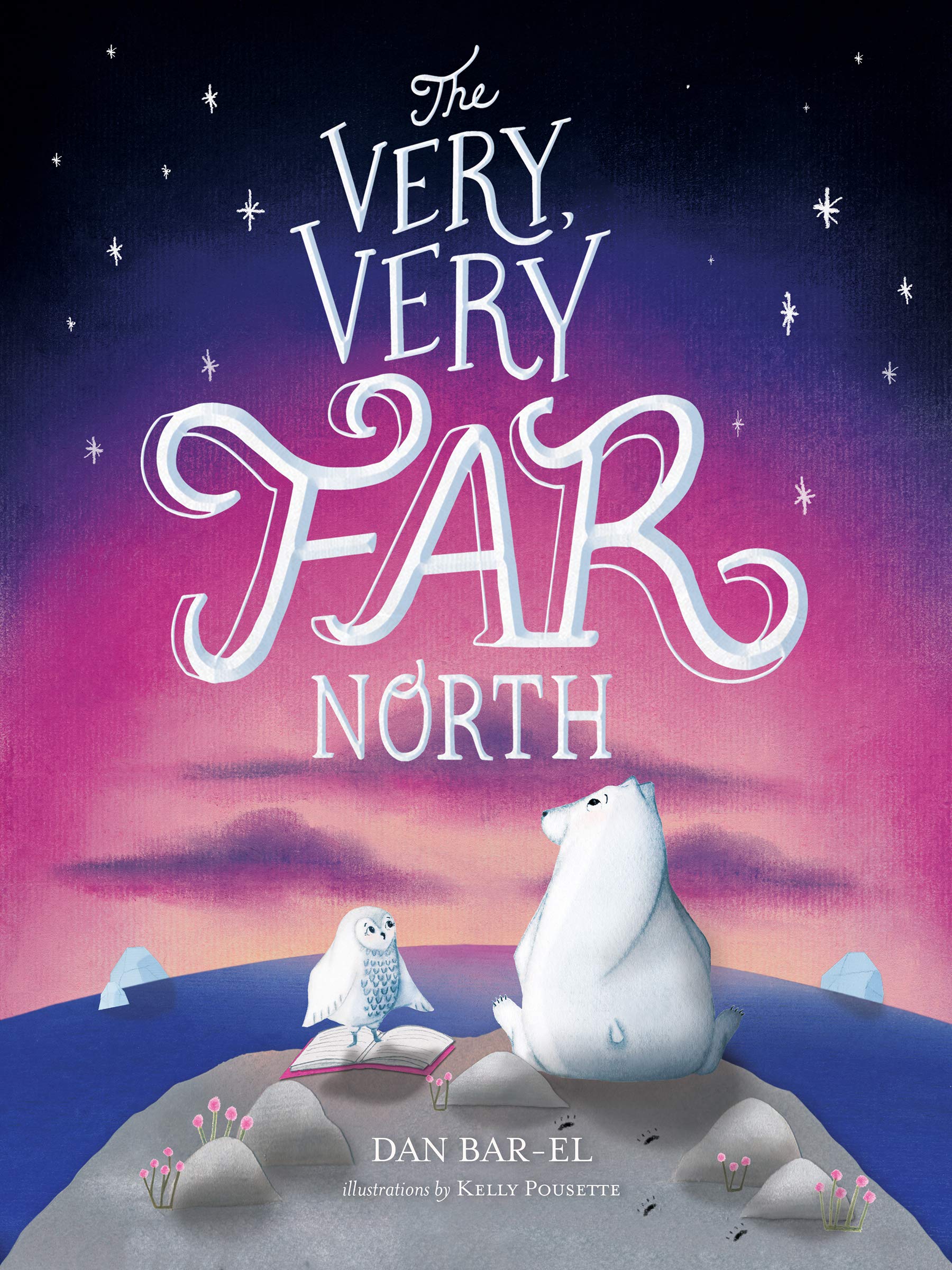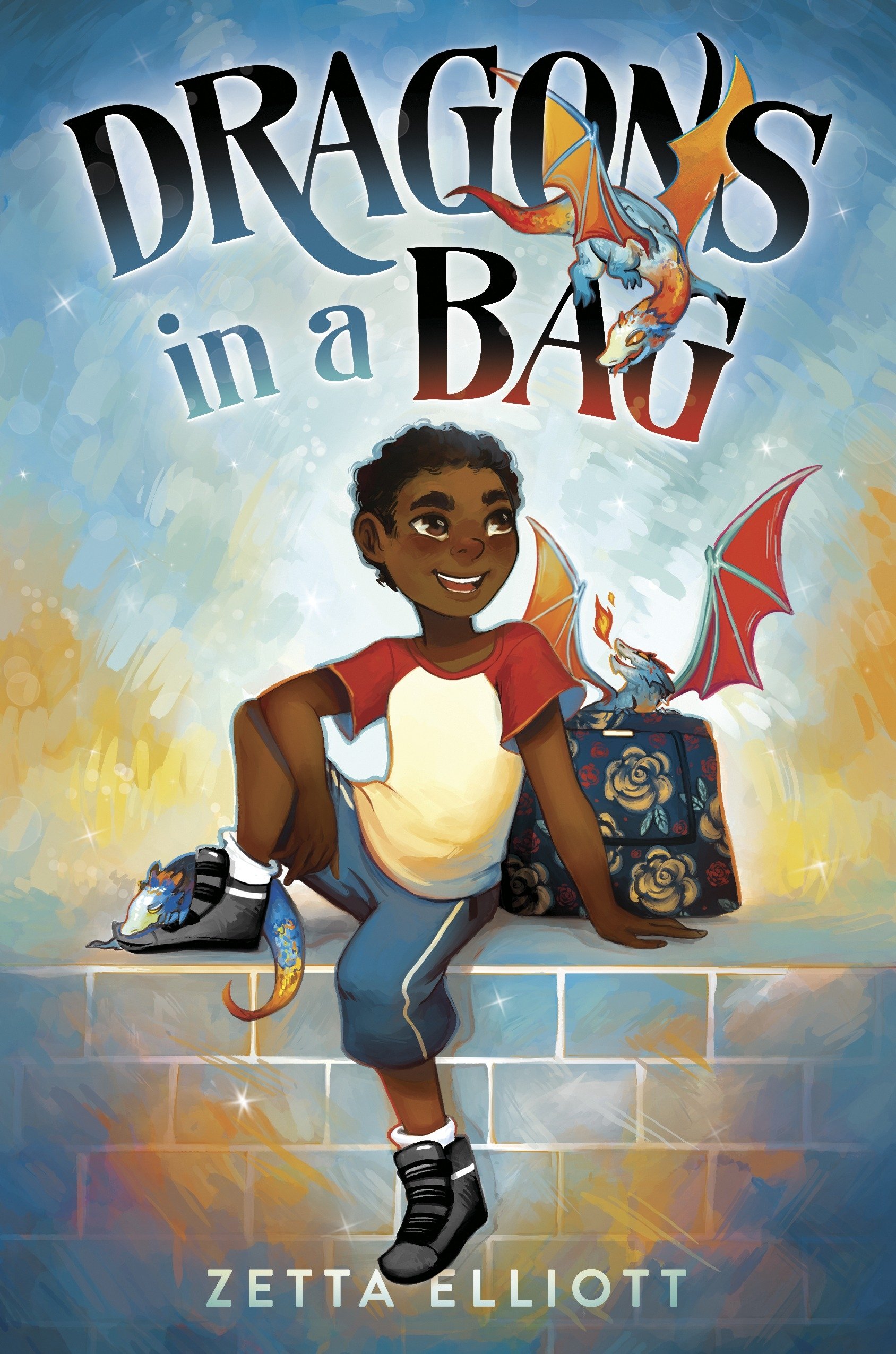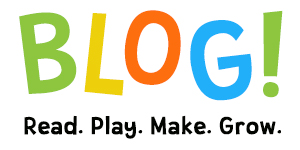

Dance is so much more than a ballet or tap class! Dance and creative movement are great indoor, at-home activities that can benefit your young child as well as get older children and caregivers moving!
Both structured dance with prescribed moves and free-flowing creative movement have real benefits.
- Physical Fitness - the most obvious benefit of boppin' to the beat is that it is great exercise. Plus a bonus benefit of getting the wiggles out!
- Body Awareness - young children may not always know exactly what their bodies can and can't do or how to stay in their own space. Dance and creative movement helps them learn coordination and spatial awareness.
- Social Skills - everyone moves through the world a little differently and dance helps show that not everyone will interpret the beat or rhythm of life the same way. Be you always!
- Concentration - following instructions or trying to remember what comes next in a sequence of events are important skills in early childhood development. Dance and creative movement give children a fun and active way to work on these important skills.
These are just some of the great benefits that dance and creative movement have to offer.
Here's a few ways you can enjoy the benefits at home:
- Plan a dance party! Make a short playlist with a couple songs that have prescribed movements and a couple songs that are just fun to bounce around to. Dance with your child so they have a model to follow when in doubt about their own creative confidence. Register for our Virtual Story Time Dance Party on February 16, 2021!
- Play freeze dance! Put on a few of your favorite kid-friendly tracks but make sure your child knows when the music stops they stop. Play around with giving instructions on how to freeze - like make a silly face or pose like a statue.
- Dance with scarves! Sometimes figuring out how to move is hard. Having a manipulative helps focus the movement and gives an opportunity for following instructions.
Need help finding some music? Check out this blog post or contact Youth Services for some recommendations.
 Youth Services Librarian Demitra
Youth Services Librarian Demitra
You've checked out Mock Caldecott Kits, read the books, hosted discussions, and sent us your ballots in our first-ever community-wide Mock Caldecott Medal Vote. Five books were nominated, but only one will be crowned the Barrington Area Library's favorite picture book of 2020!
Here's a reminder of the nominees:

All Because You Matter written by Tami Charles, illustrated by Bryan Collier
Honeybee: The Busy Life of Apis Mellifera by Candace Fleming & Eric Rohmann
My Best Friend by Julie Fogliano & Jillian Tamaki
The Cat Man of Aleppo by Irene Latham and Karim Shamsi-Basha, illustrated by Yuko Shimizu
We Are Water Protectors by Carole Lindstrom, illustrated by Michaela Goade
And finally, we are pleased to share that the winner of the 2020 Barrington Area Library Mock Caldecott Medal is:
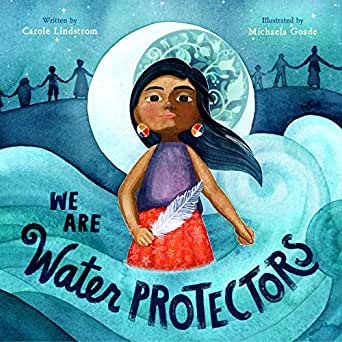
by Carole Lindstrom, illustrated by Michaela Goade
What a fantastic book! Great reading and voting, everyone. Thank you to all who participated!
Find out which book will win the real Caldecott Medal, awarded by the American Library Association, on Monday. You can even watch the Youth Media Awards announcements live at 8 AM (CST) - it's like the Oscars, but for people who love #KidsLit! (And don't mind waking up early!)
Find out more about our Mock Caldecott here.
 Youth Services Librarian Allison
Youth Services Librarian Allison
We have a ton of different materials for our littlest customers, including our expanding Early Learning Backpack collection. We have several new Early Learning Backpacks.
Active Play
The active play kits feature books, balancing stones, or another interactive toy that promotes active and pretend play. Playing is an important component of early literacy development.
Balance Stepping Stones

Let your little one get active with some stepping stones. The kit features 4 stepping stones that help promote gross motor movement. They also help your little one with balancing and coordination. Get creative and allow some imaginative play with the stepping stones as well.
Melissa & Doug Pizza Party Play Set
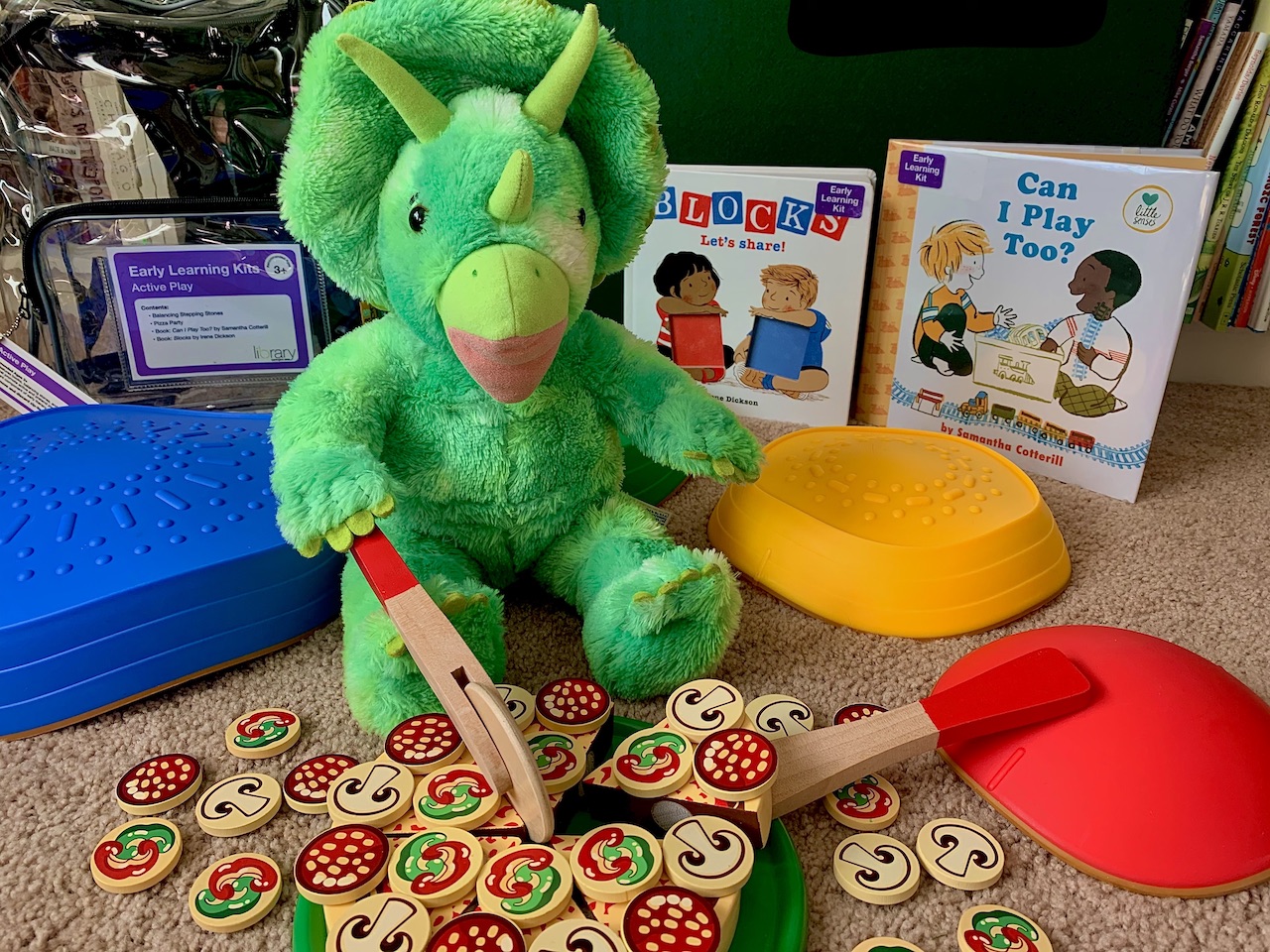
Have your child explore imaginative play and have some fun with a pizza party. Create and design your favorite pizza creations. With 63 pieces, your little one can play pretend, which will help with developing their abstract thinking skills.
Books
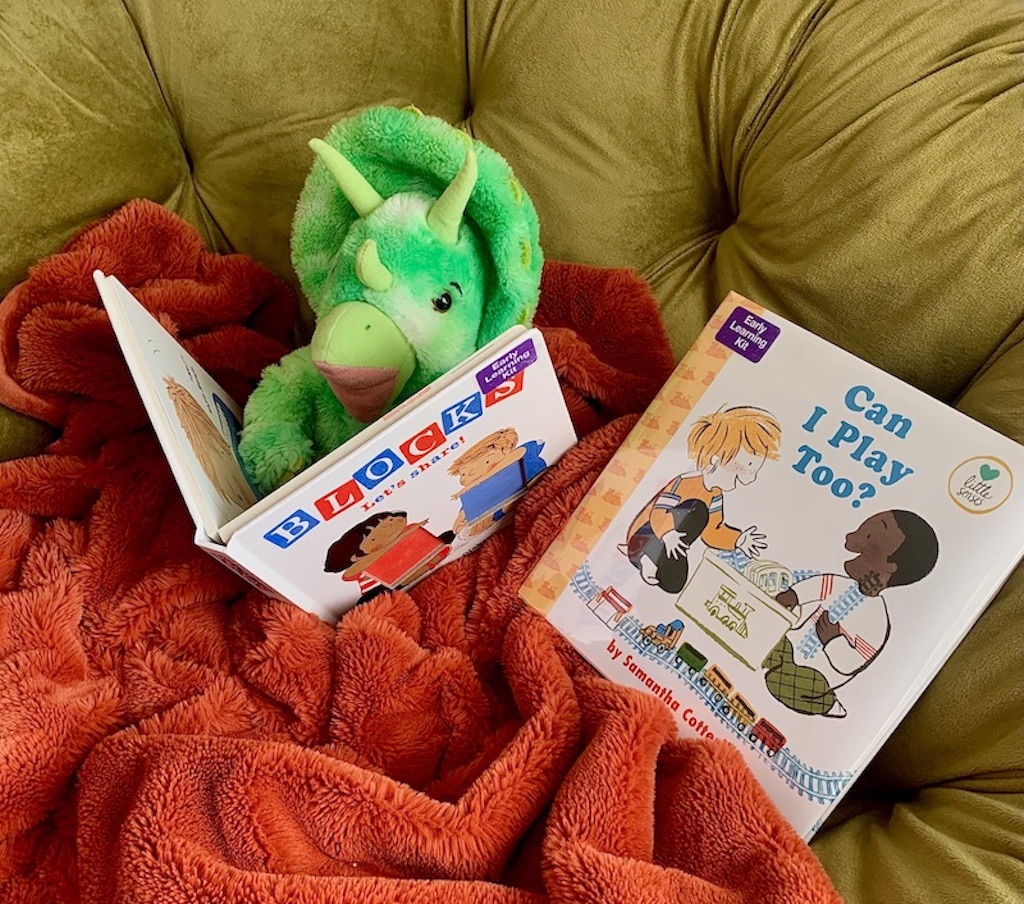
Learn different ways to share while playing, as you cuddle up to read some books.
Blocks by Irene Dickson
Can I Play Too? by Samantha Cotterill
Active play will help keep your child engaged and learning. Check out all of Early Learning Kits available at the library.
 Youth Services Assistant Librarian MaryJo
Youth Services Assistant Librarian MaryJo
Looking for a video game similar to Animal Crossing? Check out the video games below!
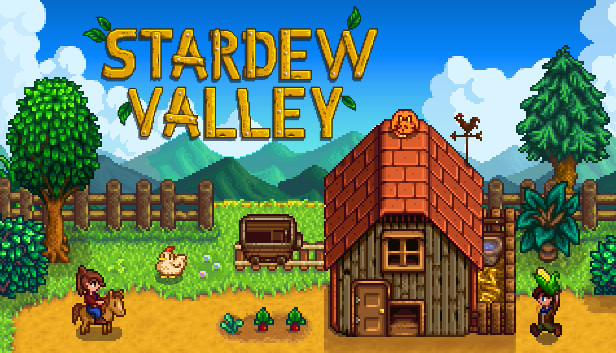 |
Available for checkout on the PS4 and Xbox One. The Nintendo Switch version can be found on the Nintendo eShop. You've inherited your grandfather's farm, and it is up to you to create the farm of your dreams.As you cultivate your land, you'll meet other townsfolk and help them with their requests, start a family, raise animals, and explore mysterious caves full of monsters and treasure. |
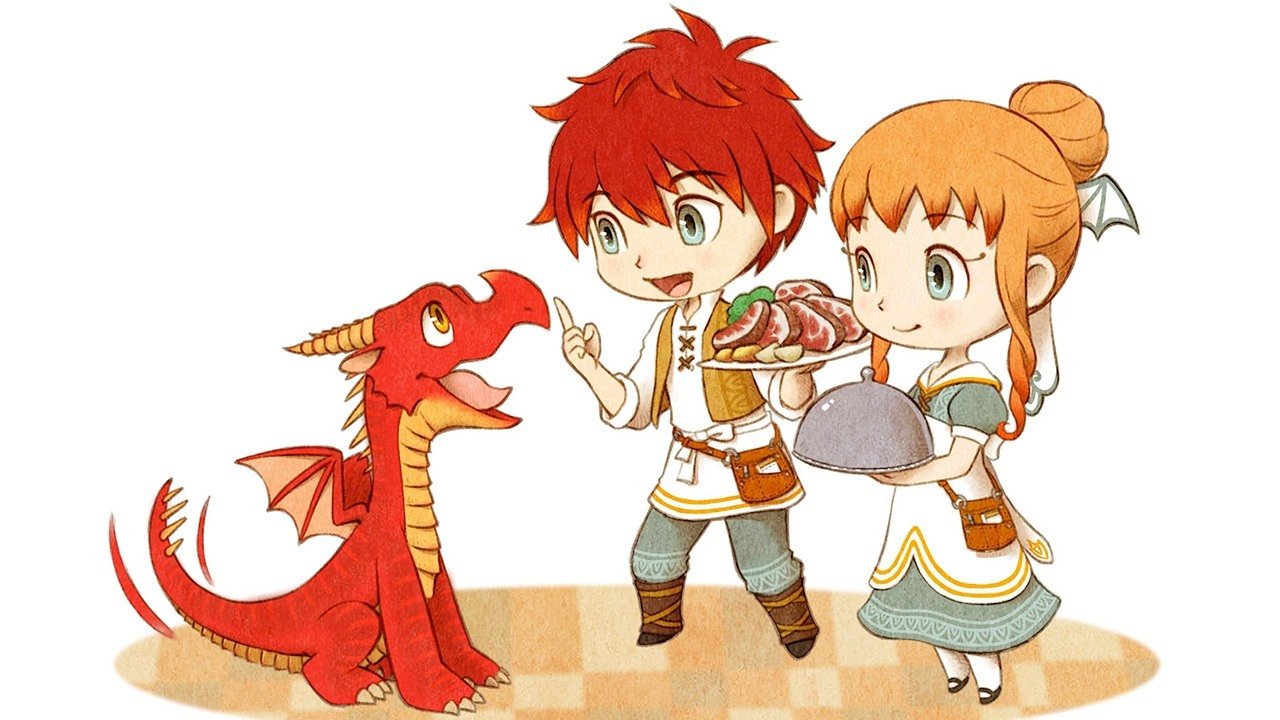 |
Available on the Nintendo Switch and PS4. This game is a mix of Overcooked and Animal Crossing. When your mom suddenly falls ill, it's up to you and your sibling to keep the family cafe open. A mysterious wizard informs you that in order for your mom to get better, you must raise a pet dragon. Together, with your dragon, you gather ingredients in the wild, cook delicious dishes, and manage the many demands of the cafe's customers.
|
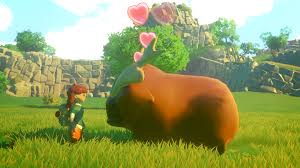 |
Yonder: The Cloud Catcher Chronicles Available on the Nintendo Switch. You've been shipwrecked on the mysterious island Gemea. The island is afflicted with an evil murk that blights the island. Together, with magical Sprites, you must try to restore the land and help the townspeople with their gathering, building, and crafting. This open world game, focuses on exploration, gathering, and running errands, and has no combat. |
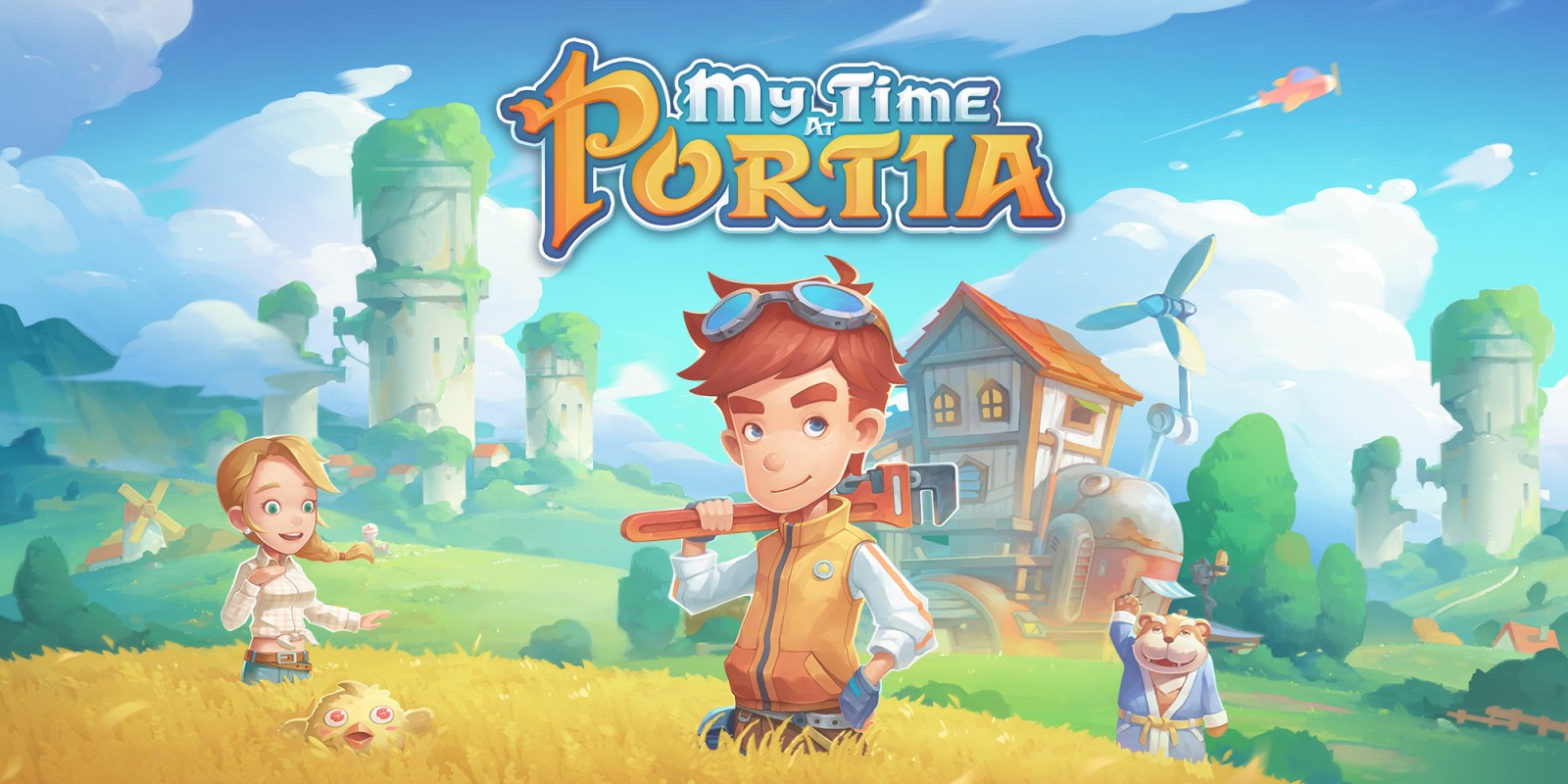 |
Available on the Nintendo Switch, Xbox One, and PS4. Set in a post-apocalyptic world, you have inherited your father's run down workshop. It is up to you, to improve the workshop, and help out the villagers while you craft items, mine resources, and explore ruins. |
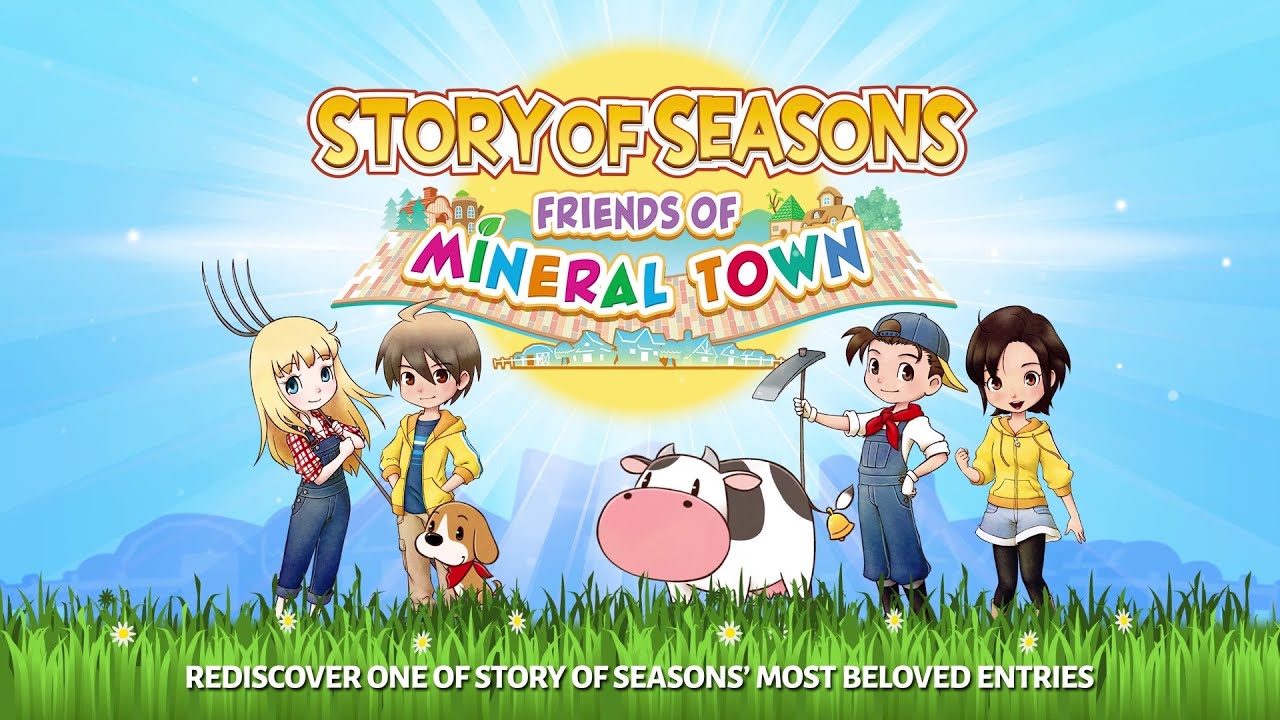 |
Story of Seasons: Friends of Mineral Town. Available on the Nintendo Switch. Like other games on this list, you have inherited your grandfather's farm. While growing your crops and raising livestock, you'll make relationships with the people of Mineral Town, fish, and enjoy special seasonal events.
|
Looking for more recommendations? Fill out this form, or contact us through email, chat, or text.
 Youth Services Librarian Ann
Youth Services Librarian Ann
Bring home a fun new project! Sign up from our Library Calendar and pick up a kit through our Parking Lot Pickup service between January 11-22.
Toddler & PreK: DIY Activity Dice
Color and create your own movement dice game, then have fun rolling it again and again! Register for the January Toddler & PreK Take-and-Make Kit here.
Your kit contains:
- 1 cube-shaped box
- Velcro dots in two envelopes - keep them separated!
- Labels for the dice
- Con-Tact film
- Crayons
Instructions:
1. Assemble the cube box as your dice.
2. Have your child color the 6 Animal Action labels, 6 Song labels, and 6 blank labels. Decide together what the blank set will be. It could be types of dances, colors to seek and find, sounds to make - it's up to you!
3. Peel the backing off the Con-Tact film, then cover the front of the decorated labels to laminate them.
4. Place the 72 Velcro dots on the four corners of the back of each label. Place them as close to the corners as you can to ensure that the labels will line up. Take care to use only the Velcro from the envelope marked for the labels. The colored sticker on the envelope does not matter.
5. Place the 24 Velcro dots for the dice on the four corners of each side. Take care to use only the Velcro from the envelope marked for the dice. The colored sticker on the envelope does not matter. Some of the box's sides will be a little longer than the square labels, so it's okay if the Velcro are not precisely lined up with the corners.
6. Stick one set of labels to all sides of the dice, roll, play, switch, and repeat!
Show us what you created! Send us pictures at youthservices@balibrary.org.
Grades K-2: Design a Calendar
Personalize and decorate a calendar you can use the whole year. Register for the January Grades K-2 Take-and-Make Kit here.
Your kit contains:
- 9 colored pencils
- 1 sheet of stickers
- 1 blank calendar
- list of holiday dates
It might seems a little obvious, but the first piece to teaching kids about the calendar is to make sure they understand what a calendar is. A calendar is a series of pages that shows the days, weeks, and months of a particular year. It is a tool we use to help us keep track of the days, and it allows us to see when different events will happen.
1. Flip open the calendar, in the long rectangle on the top of each calendar page, have your child label the months.
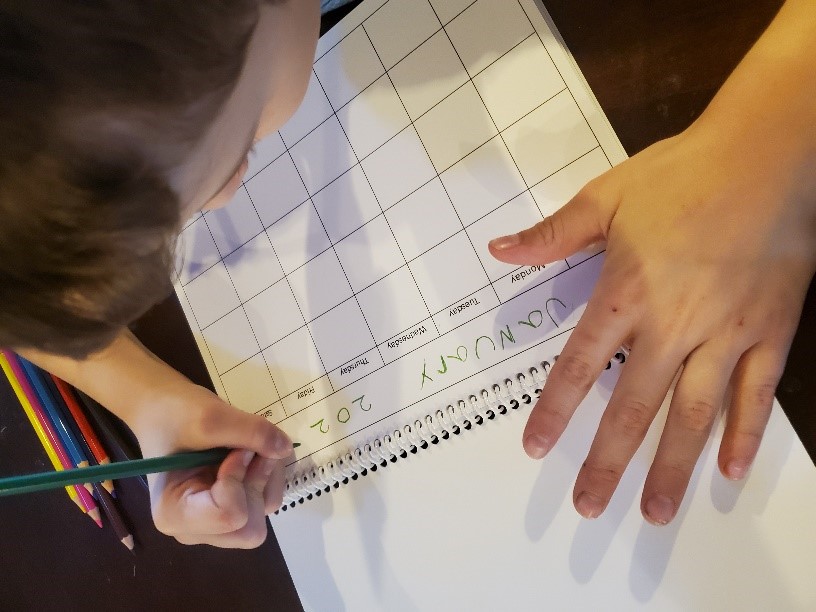
2. Have your child number the days of the month in the corresponding boxes.
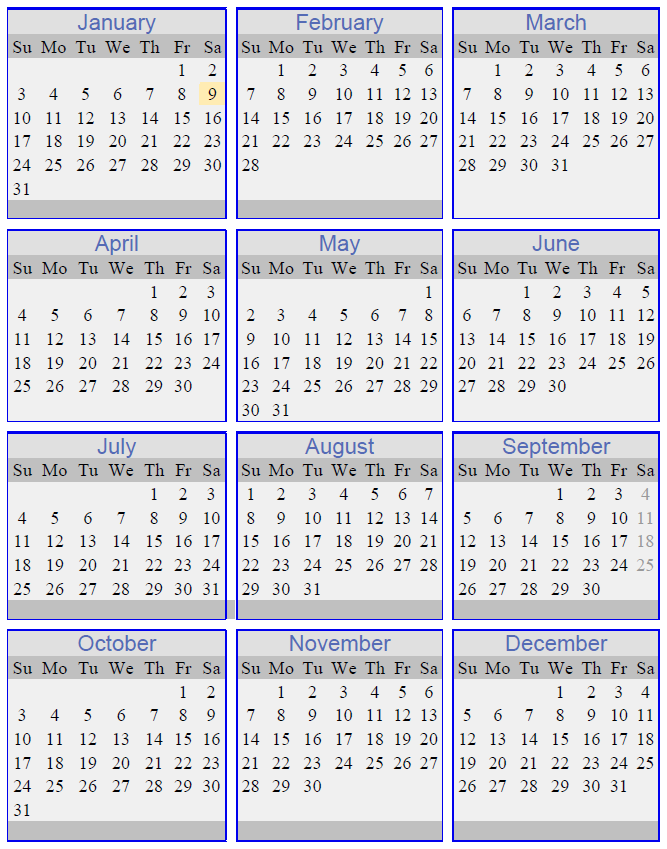
3. The holiday stickers correspond with the dates on the provided half sheet. Help your child locate the dates and add the correct sticker.
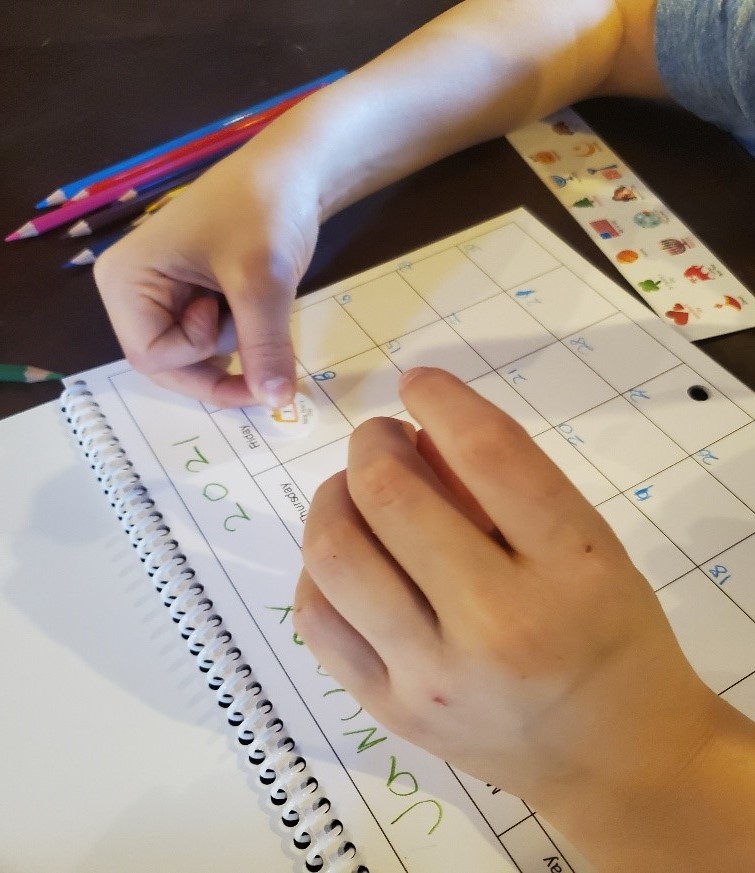
4. Allow your child to add dates that important to you and your family: birthdays, play dates, lessons, beginning of a new season, appointments, special plans, etc…
5. Use the provided colored pencils and have your child decorate the calendar however they choose. Feel free to use any material you have at home to add to the calendar design. Consider having your child cutting out images in unused magazines and make a collage.
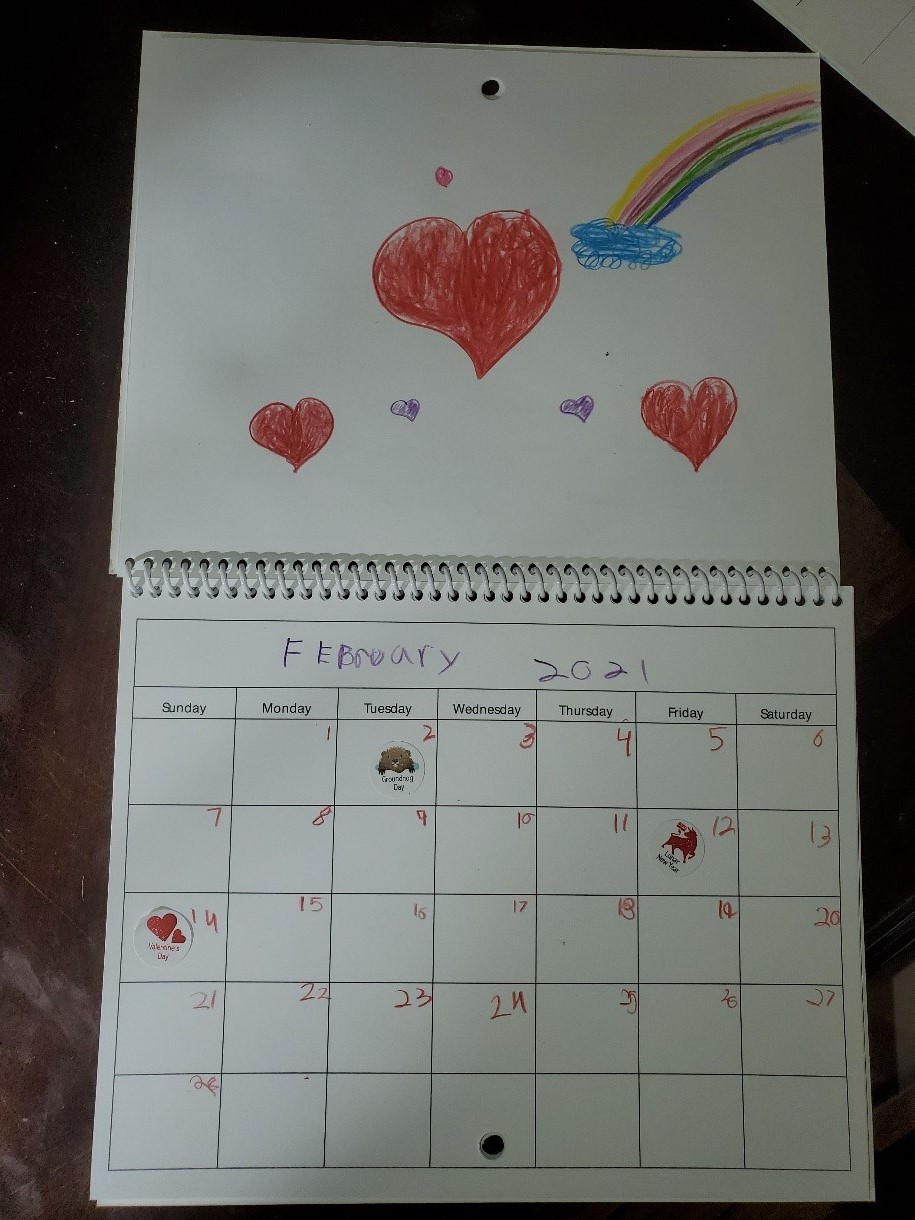
More ideas to consider:
Research and discuss holidays that you do not celebrate.
Talk about how:
- Each square represents one day,
- A group of 7 days in a row is called a week,
- One week is equal to 7 days, and
- Each day of the week has a name.
- Show where the names of the days of the week are shown on a calendar.
- “If we are this day” (point to a square), “1 week later would be...” (point to square underneath).
- Ask them which square would be 2 weeks later, or 3 weeks later.
- Explain that a square above shows 1 week ago (in the past).
- Ask them which square would be 2 weeks ago or another number of weeks ago.
Show us what you created! Send us pictures at youthservices@balibrary.org.
Grades 3-8: Quirky Winter Terrarium
Create your own tiny winter scene, complete with snow and a miniature dinosaur! Register for the January Grades 3-8 Take-and-Make Kit here.
Your kit contains:
- Glass jar or cookie jar
- Container with instant snow
- 4 wooden blocks
- Glue dots
- Tacky glue
- 2 animal figurines
- 1 piece of greenery
1. Remove all of the items from the glass jar or cookie jar. Your kit will contain either a small glass jar with a gold lid or a cookie jar with a silver lid.
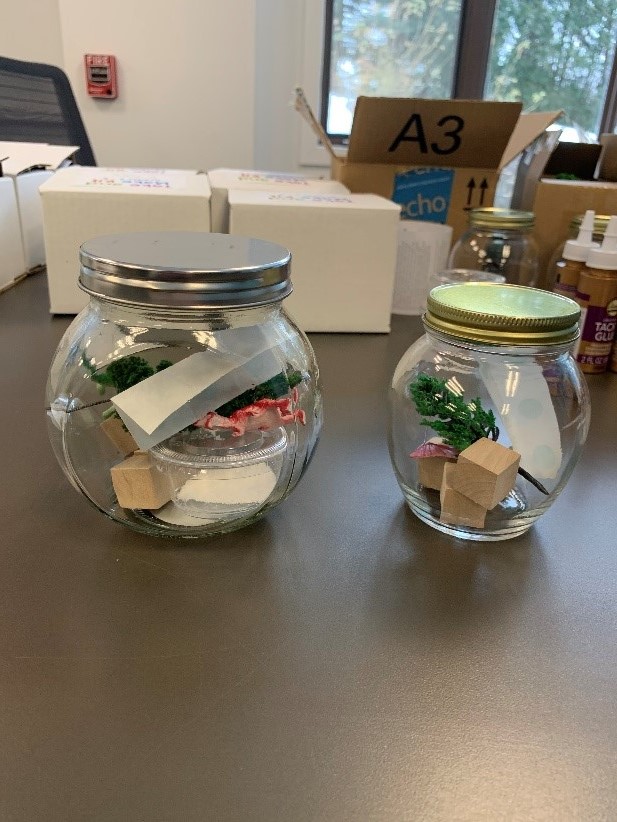
2. Attach your animal figurines to the wooden blocks with a glue dot. 1 or 2 glue dots should be enough to attach your dinosaur.
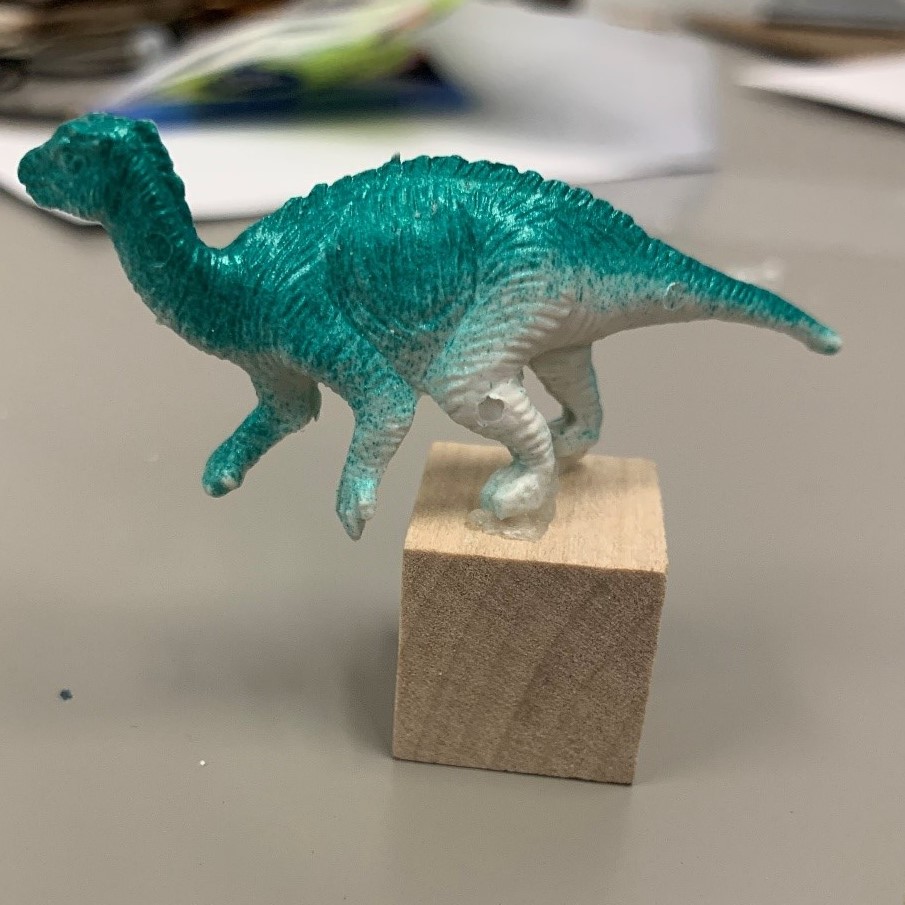
3. Attach your piece of greenery to one of the wooden blocks with a glue dot. You may need to secure the greenery to one of the sides of the block, instead of the top.
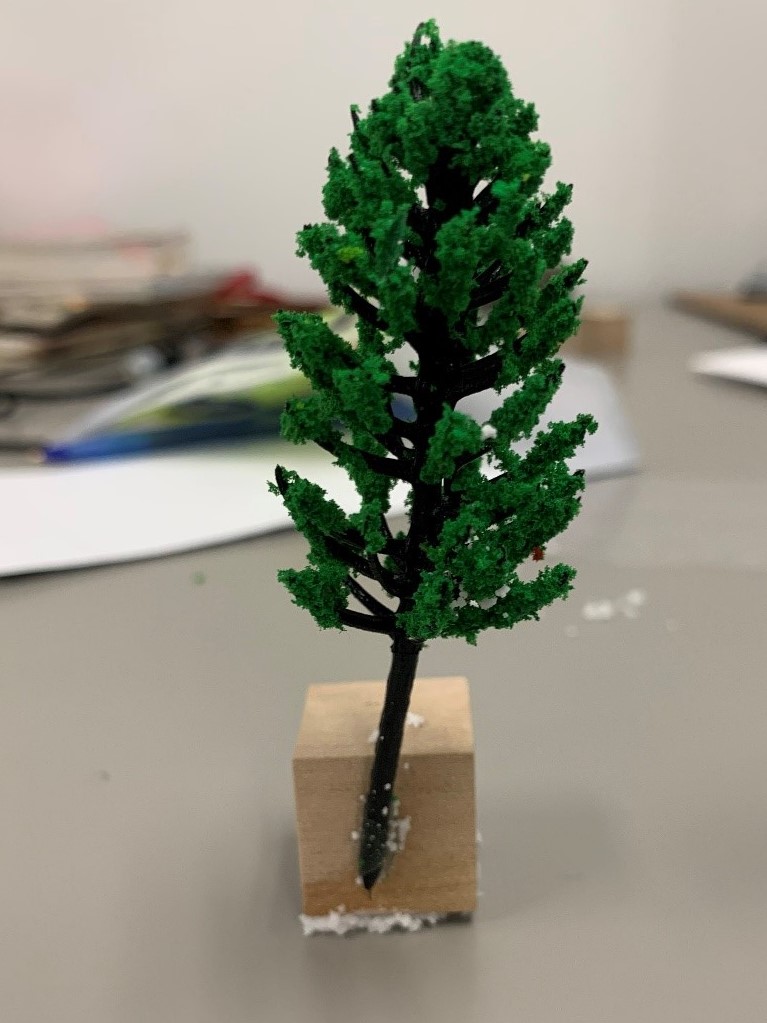
4. Have an adult cut the tip off the tacky glue bottle.
5. Using the tacky glue, glue your wooden blocks with the figurines and greenery to the bottom of the jar. If you have any remaining glue dots, you can also secure the blocks to the jar with a glue dot.
6. Let the glue dry completely.
Once you are done creating your scene, and the glue has dried completely, it is time to add your snow! Pay close attention to what type of jar you have. Depending on which jar you have, that will determine how much water you add to the instant snow.
7. Pour the instant snow into your jar.
8. If you have a cookie jar with a silver lid, add 1/3 cup of water to the jar.
If you have a glass jar with a gold lid, add 6 teaspoons of water to the jar.
Your snow will expand, and you will have finished your quirky terrarium! The instant snow will last about 2 weeks, after which it will start to shrink and gather moisture.
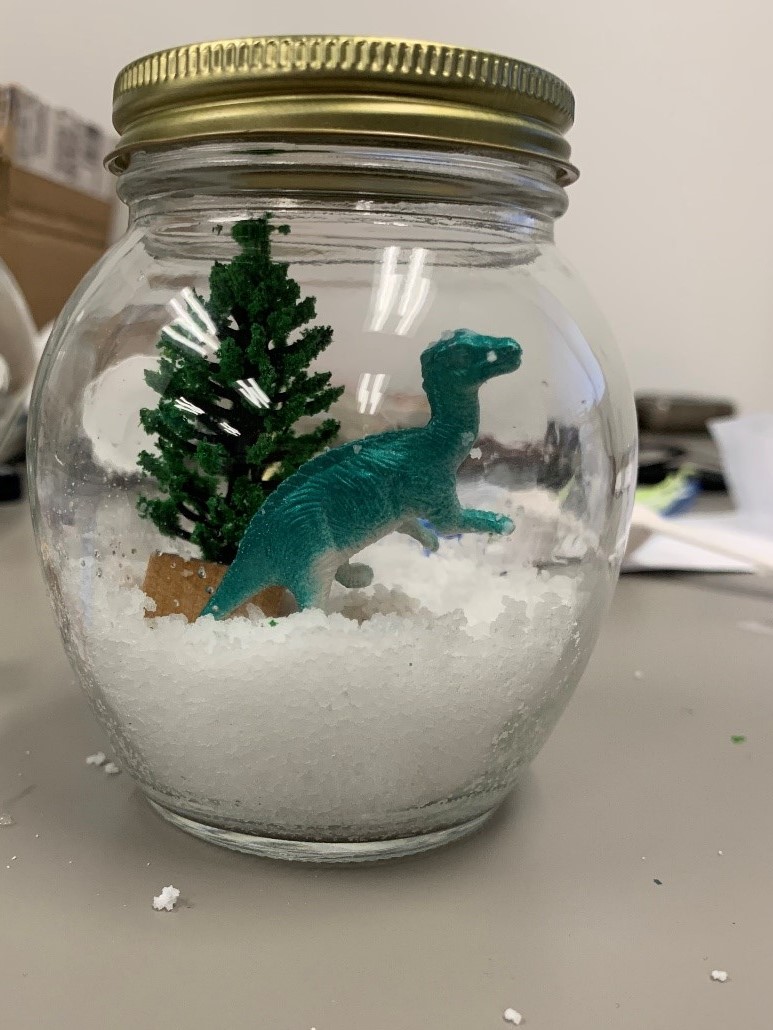
Show us what you created! Send us pictures at youthservices@balibrary.org.
 Youth Services Assistant Librarian Alyssa
Youth Services Assistant Librarian Alyssa
Did you know that the Barrington Area Library has databases which can help with elearning and homework? Before going straight to Google or Wikipedia, try these databases first. To access the databases from home, you will need a Barrington Area Library card.
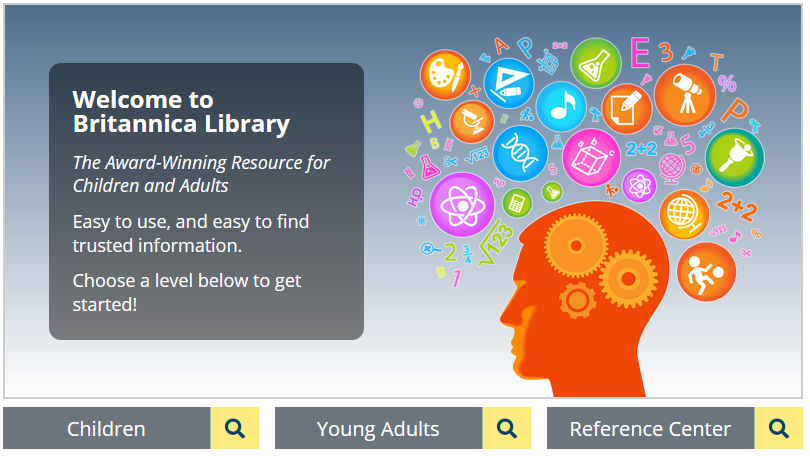
Britannica Library - A great place to start your research. Britannica Library has articles on a wide variety of topics including history, science, geography, and biographies. For kids in grades K-5 try Britannica Library Children. Kids in middle school, or those looking for more complex articles try Britannica Young Adult. Both versions allow you to favorite, email, cite, and send articles to Google Drive.
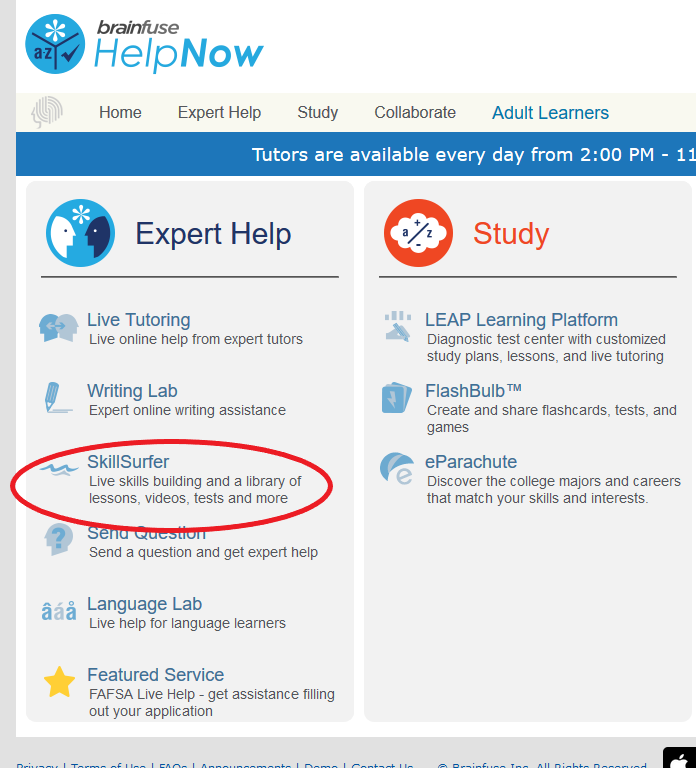
HelpNow - Looking for help on your homework? Try HelpNow by Brainfuse. HelpNow lets you connect to a live tutor every day from 2:00 PM-11:00PM. This database also has practice tests and lessons on reading, writing, math, social studies, and science for kids in grades 3-12. To access the lessons and tests, click on the SkillSurfer section. Make sure to create your own account, which will allow you to save your progress on tests and access past sessions with tutors.
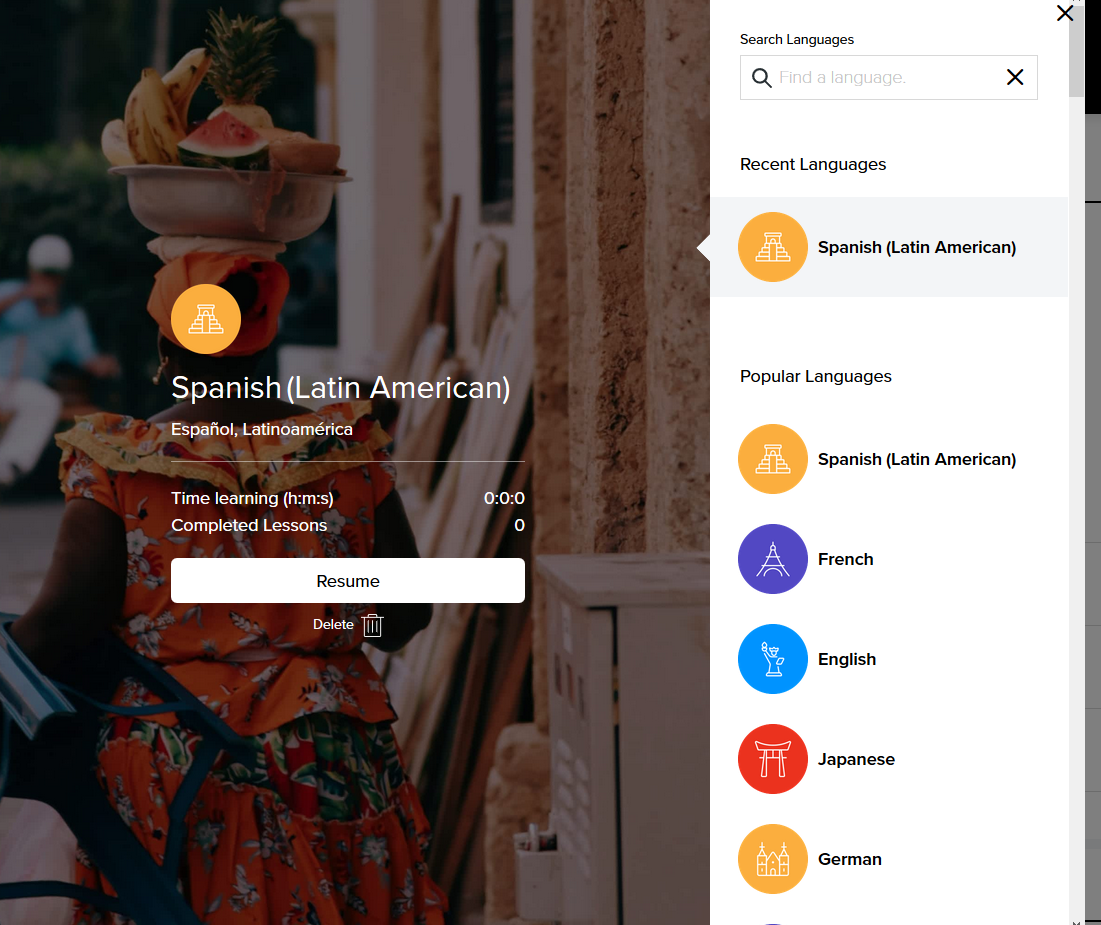
Mango Languages - Mango Languages is great for kids studying a foreign language or for those who would like to start learning a new language. With over 50 languages, including Pirate, this database will help you with vocabulary, pronunciation, and grammar.
Looking for more resources to help with eLearning? Contact the Youth Services department to receive additional help.
 Youth Services Librarian Ann
Youth Services Librarian Ann
While 2020 brought our world many challenges, it also brought us some really stellar books for children. Here are a few favorites from this year. Make sure to check out our full list of best books as well!
 |
Chris recommends... |
|
 |
Alyssa recommends... |
|
 |
Ann recommends... |
|
 |
Stefanie recommends... |
|
 |
Allison recommends... |
|
 |
MaryJo recommends... |
|
|
Your Name is a Song by Jamilah Thompkins-Bigelow, illustrated by Luisa Uribe |
 |
Mitch recommends... |
|
|
Little Bird by Cynthia Voigt, illustrated by Lynne Rae Perkins |
See even more of our 2020 favorites!

Subscribe to our monthly e-newsletters to see the newest and best books for kids.
We have many different types of materials for our littlest customers, including our Early Learning Backpack collection. We have several new Early Learning Backpacks available for checkout. Two of our newest Early Learning Kits, available to check out today, are the World Traveler and Families kits.
World Traveler
Start learning about cultures around the world with books, activities, and puzzles in this kit. Recommended for ages 3+. World Traveler kit will provide you with the tools to help your child begin to learn about the world around them.
Puzzle
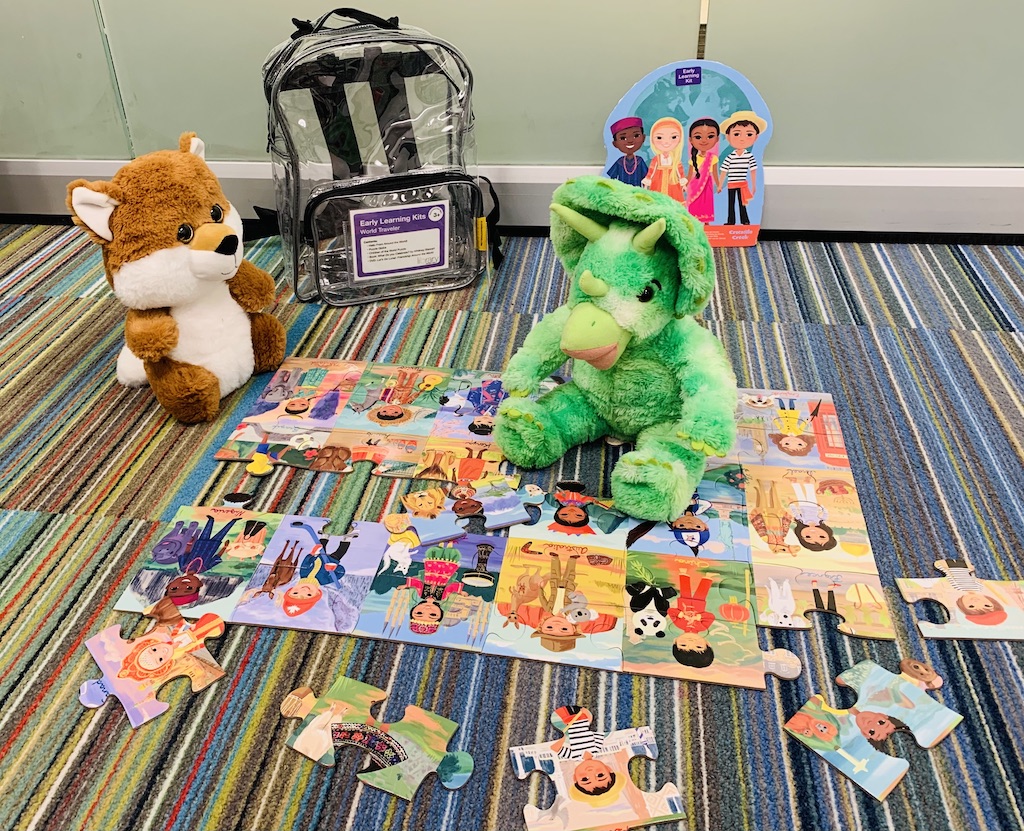
Children of the World puzzle is a great tool to help start the discussion of children around the world. The puzzle includes 18 children from 18 different countries. Building the puzzle will also improve your child's hand-eye coordination, strengthen their fine motor skills, and allow them to practice critical thinking and problem-solving skills.
A Puzzle Globe
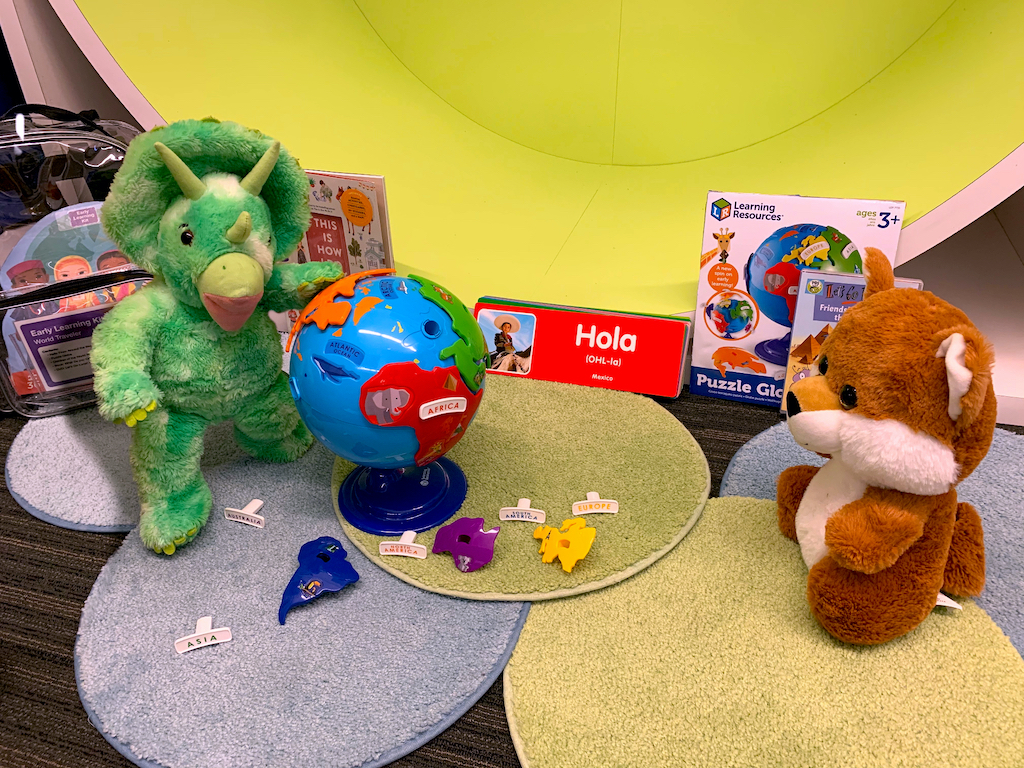
Puzzle Globe from Learning Resources. The puzzle globe will allow your little one to build their fine motor skills and start to practice spatial awareness. The puzzle globe is an accurate globe of the world, and will allow your child to start to learn about other continents, oceans, and things that could be seen in each continent.
Learn how to say "hello" in other languages
Hello From Around the World cards from Lakeshore Learning. Learn how to say "Hello" 25 different ways. Each card includes how to pronounce how to say hello in each language. These cards are a great way for children to begin to understand other languages and cultures from around the world.
Books and a movie
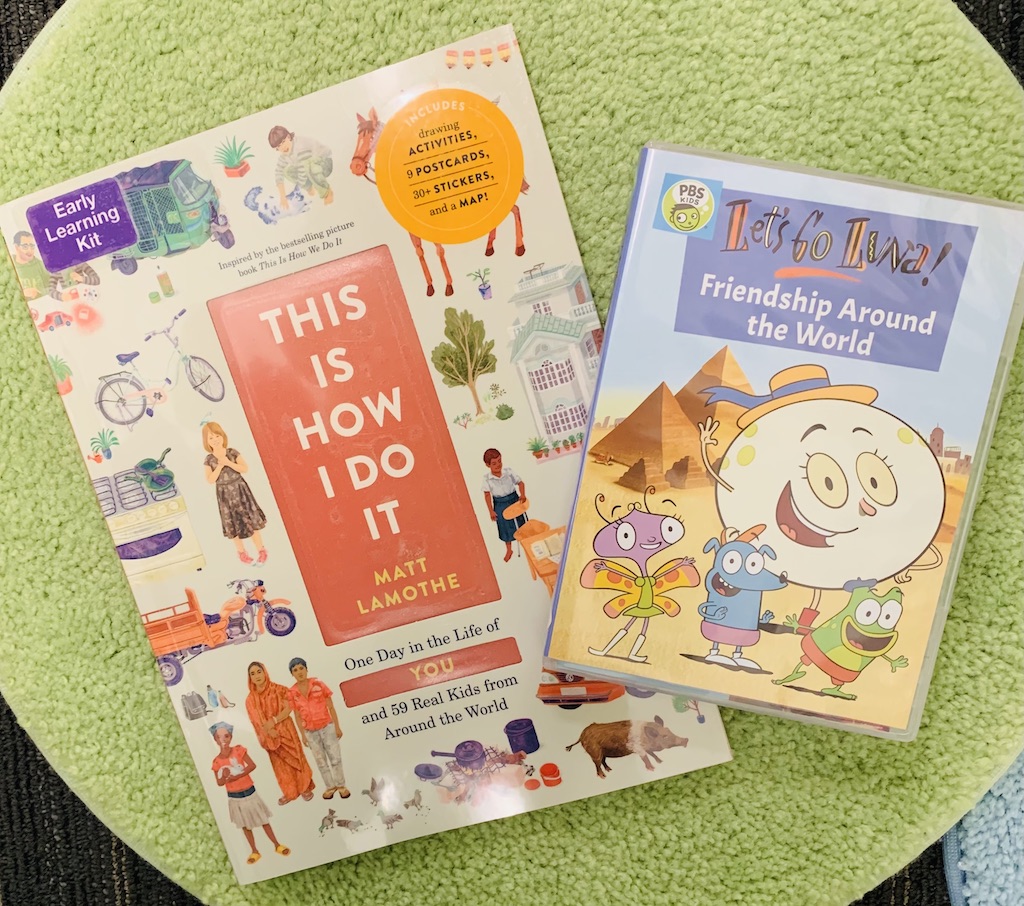
Cuddle up with this book and movie, and learn about how different kids from around the world live their lives. This will help expand your child's world.
This Is How We Do It: One day in the lives of seven kids from around the world by Matt Lamothe.
DVD Let's Go Luna! Friendship around the world.
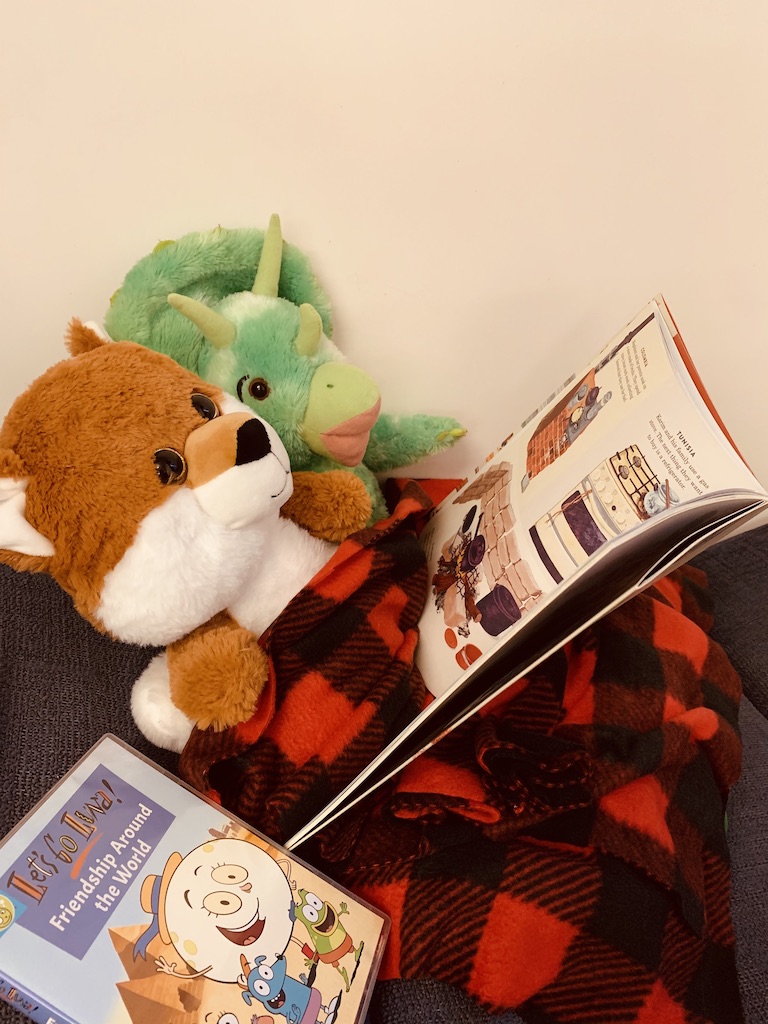
Families
Families come in many different shapes and sizes. Learn about families with books and activities. Recommended ages 3+. The Families kit will help begin the conversation about many different types of families there are in the world, and what those families might be.
Mix and Match families
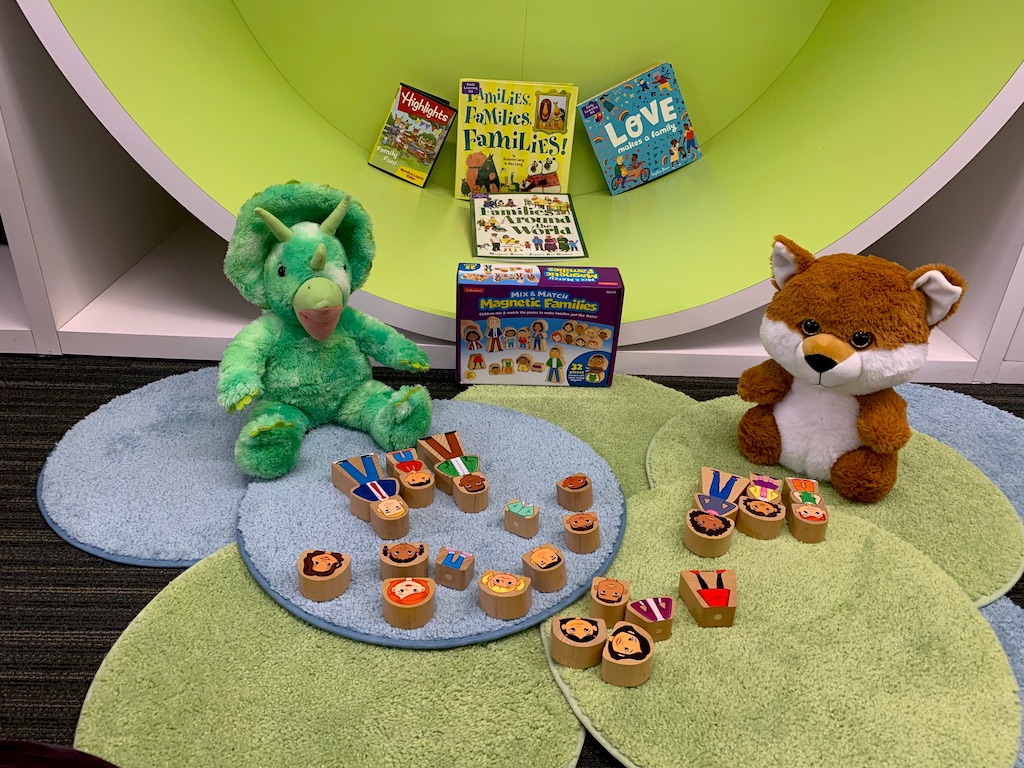
Mix and Match Magnetic Families from Lakeshore Learning. Through the Mix and Match Families set, a child can begin to explore unique and different types of families. The magnetic pieces will also help build stronger hand and eye coordination.
Books and a movie about different kinds of families
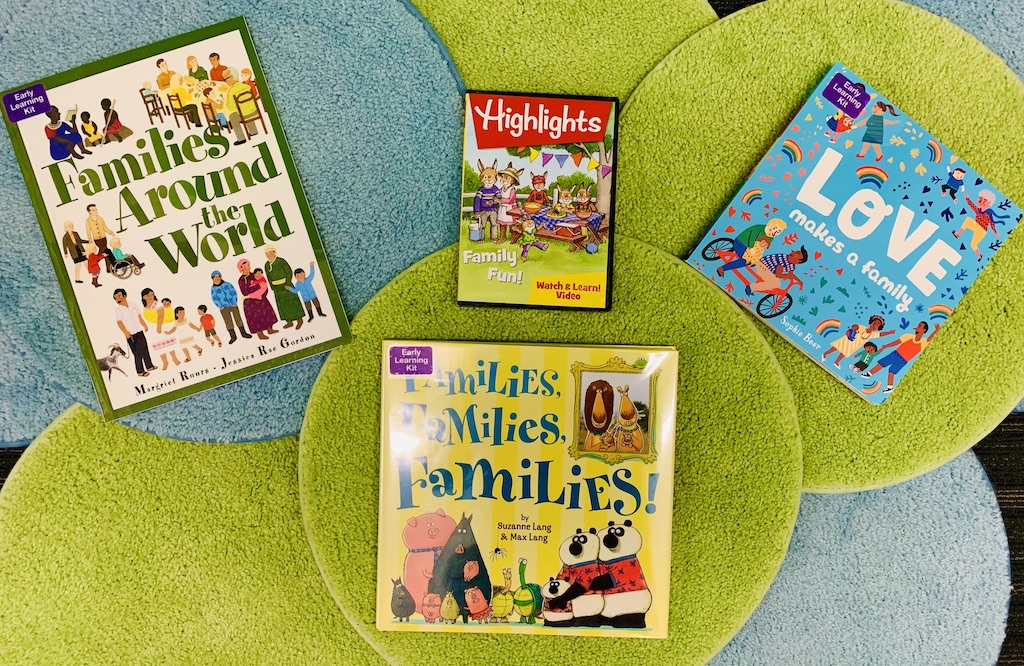
Cuddle up with these books and learn about all the different types of families in the world today. Learn about the importance of family, and the love of a family. These titles are a great way to begin to discuss with your child your family and other types of families they may know.
Families Around the World by Margriet Ruurs, illustrated by Jessica Rae Gordon
Love Makes a Family by Sophie Beer
Families, Families, Families! by Suzanne Lang & Max Lang.
DVD: Highlights: Family Fun!
Both the World Traveler and Families kits will help keep your child engaged and learning about different cultures, places, and people from all around the world.
Check out all of the different Early Learning Kits available at the library.
 Youth Services Assistant Librarian MaryJo
Youth Services Assistant Librarian MaryJo
Bring home a fun new project! Sign up from our Library Calendar and pick up a kit through our Parking Lot Pickup service between December 7-18.

Toddlers and Preschoolers: Mail A Hug
Brighten someone’s day by mailing them a hug. Register for the Toddler/Preschooler Take & Make Kit here.
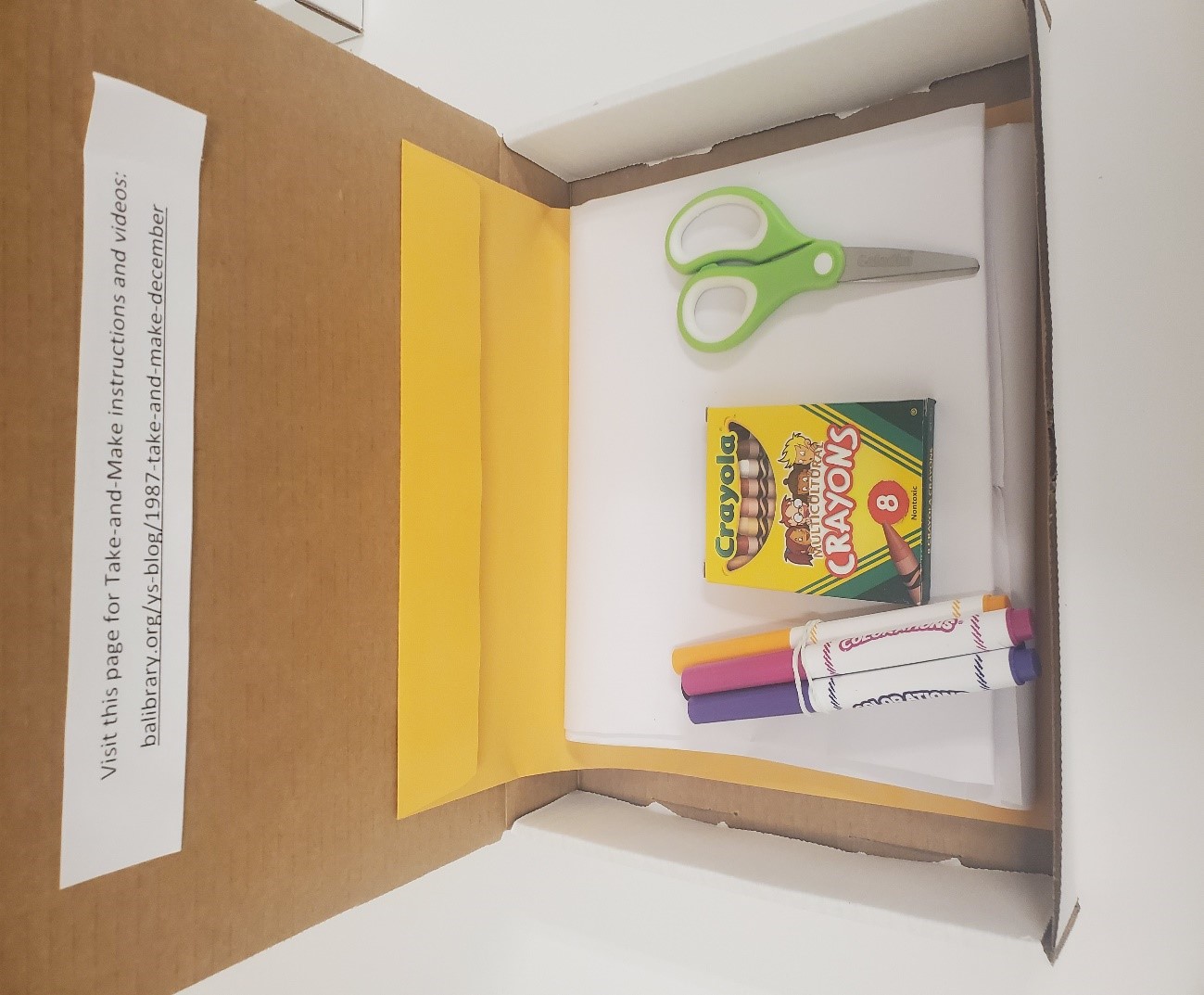
Instructions for Mailing a Hug:
1. Unfold the sheet of butcher paper.
2. Trace child’s head, arms and torso on paper.
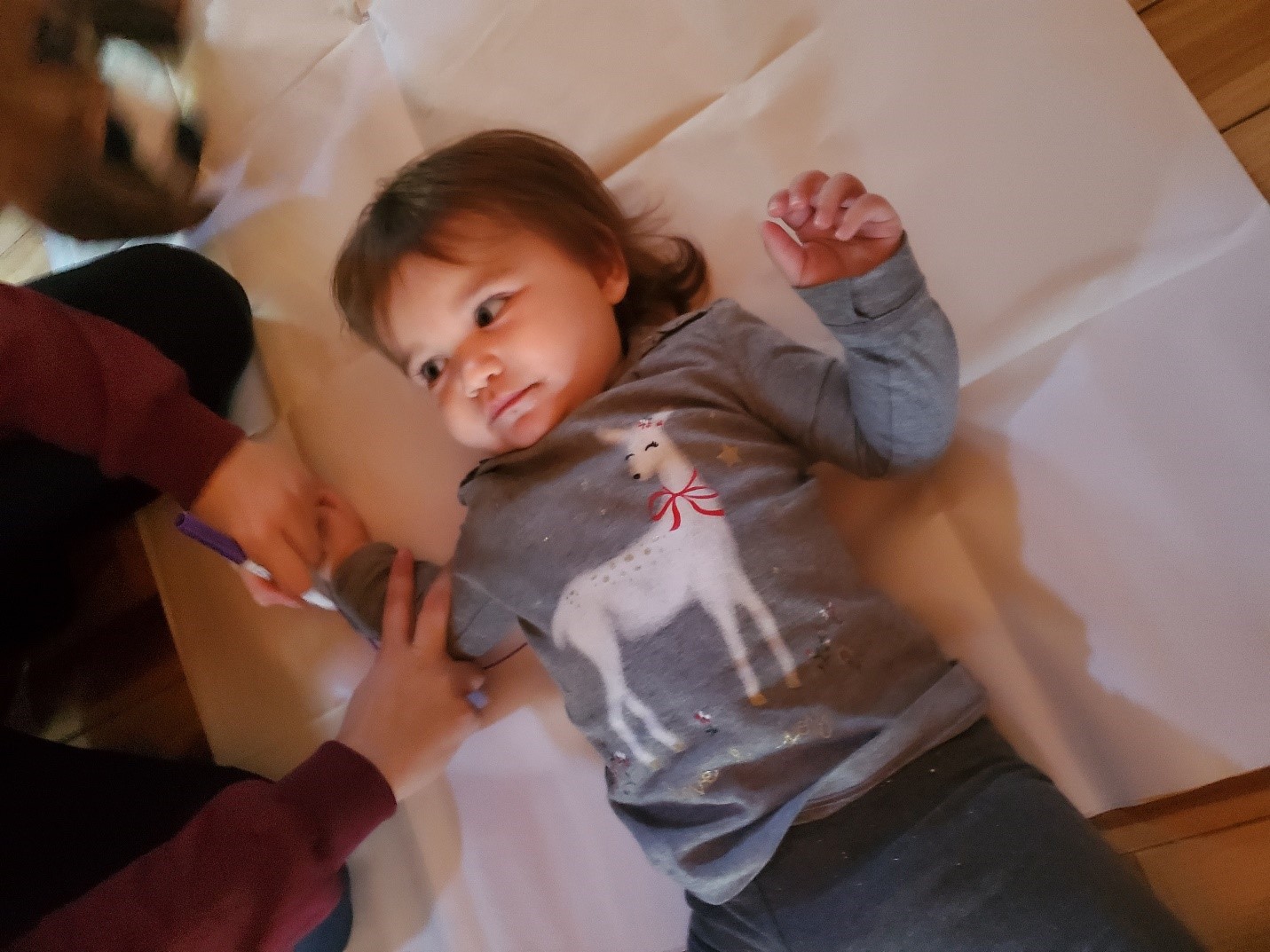
3. Allow your child to fill in and decorate their silhouette.
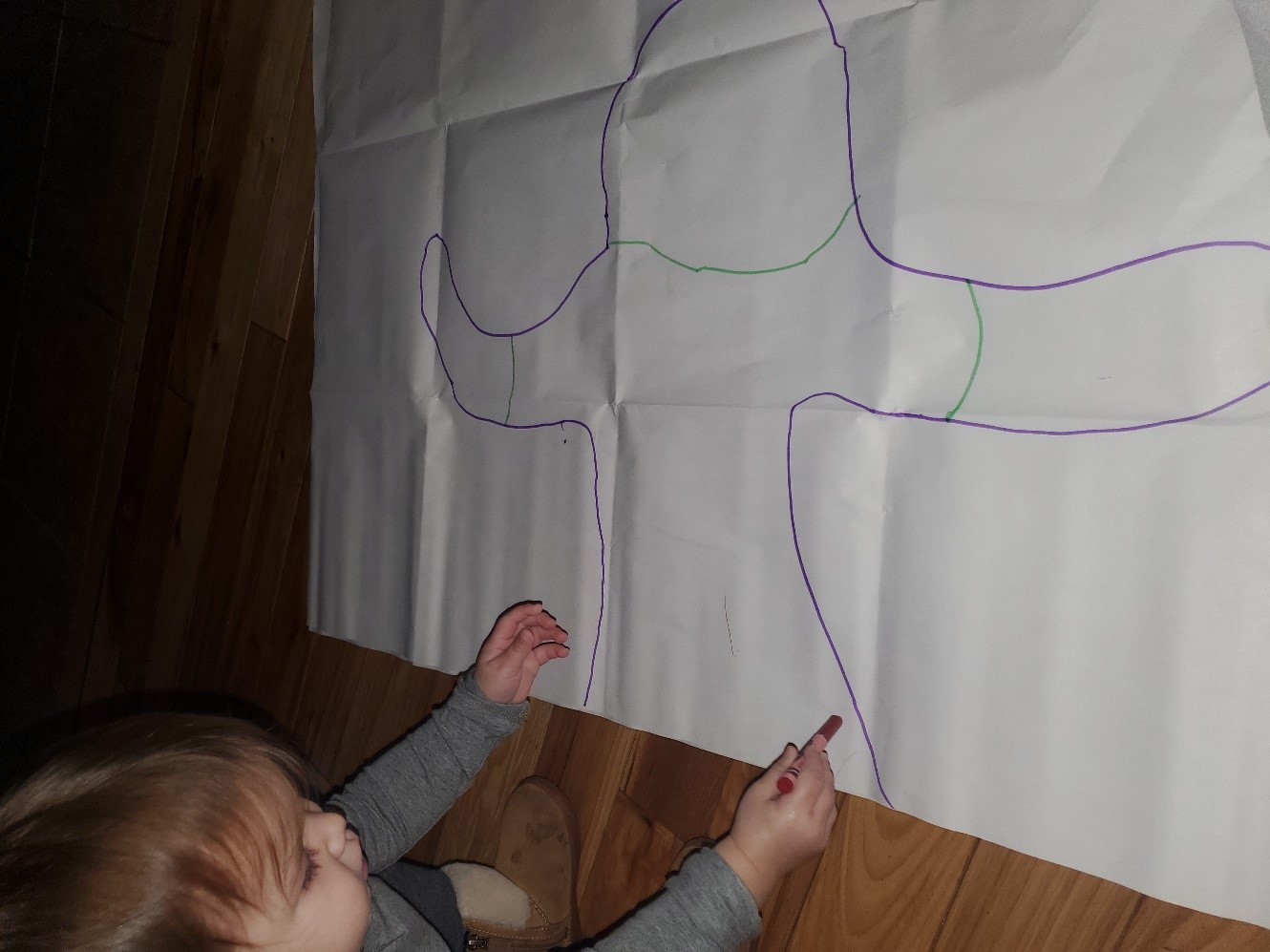
Ideas to consider: Talk to your child about different body parts and different colors.
Use the multicultural crayons to help your child determine the color of their skin and expand on the various skin tones we all have.
4. Cut around your child’s silhouette. If appropriate, allow your child to cut it themselves.
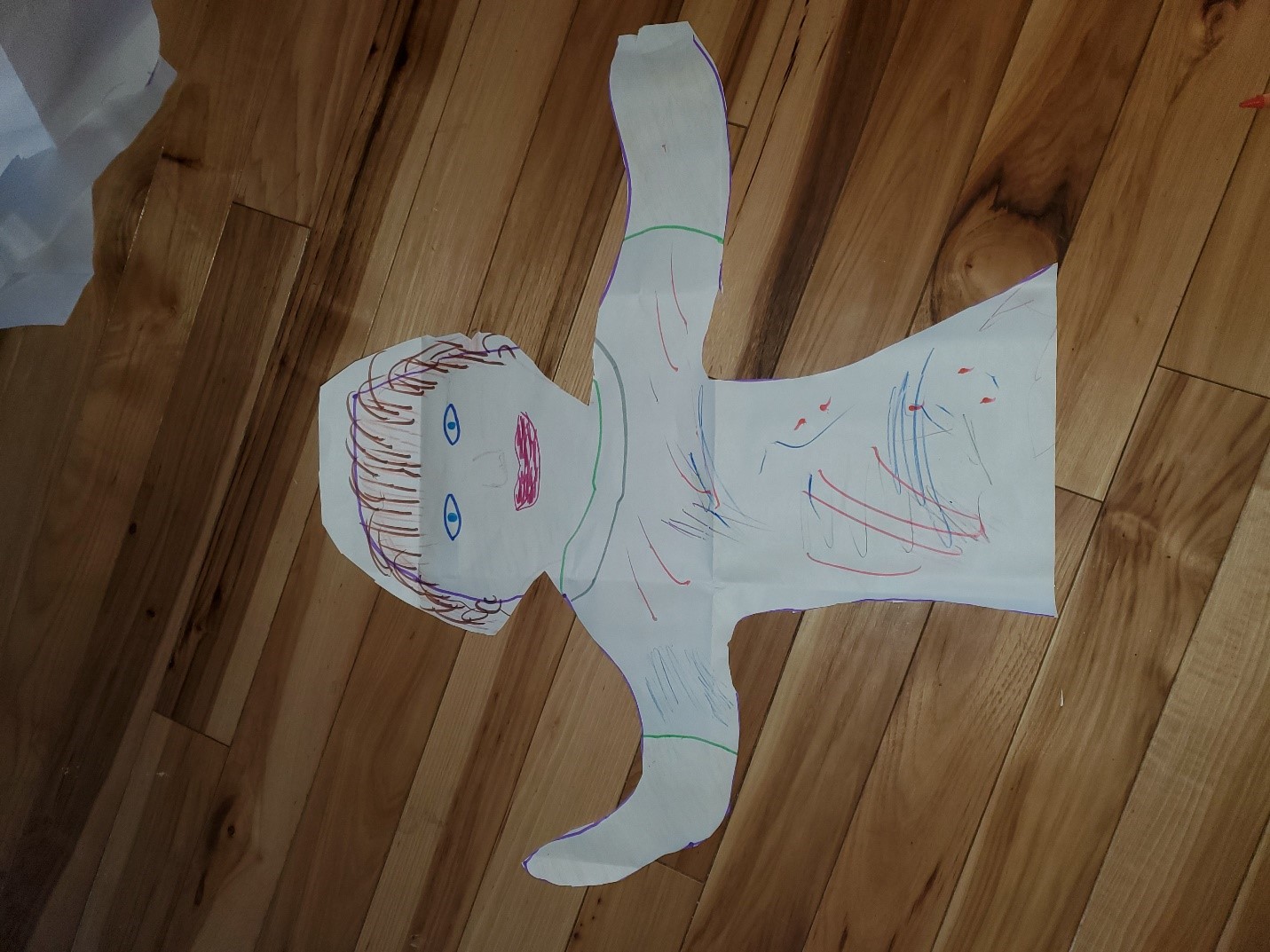
5. Fill in the provided letter (if desired).
See Venessa's original blog post that the inspired the Take & Make Kit!
Show us what you created! Send us pictures at youthservices@balibrary.org.

Grades K-2: Make Your Own Playdough
Make your own dough, then customize it with colors, scents, and textures. Register for the Grades K-2 Take & Make Kit here.
The kit has enough supplies to make two batches of playdough. Things you will need in addition to the items in the kit:
- 1 cup measuring cup
- 1/2 cup measuring cup
- 1/4 cup measuring cup
- 1 tablespoon measuring spoon
- warm water
- large bowl & mixing spoon
Instructions for 1 batch of playdough:
1. Measure 1 cup of the flour and pour into a large bowl.
2. Measure 1/4 cup of the salt and add to bowl.
3. Measure 1 tablespoon of cream of tartar and add to bowl.
4. Mix dry ingredients.
5. Measure and add 1 tablespoon of oil.
6. Measure and pour 1/2 cup of warm water into bowl.
7. Stir until the mixture combines and thickens. Switch to your hands to continue kneading to make a smooth dough.
8. Optionally, add several drops of food coloring, at least 15 drops to get a vivid color. Knead well with hands until no streaks remain.
9. Optionally, add some of the provided glitter.
10. Optionally, add some of the provided colored rice, tinsel, or anything else that might provide a unique sensory experience.
11. Optionally, add a drop of vanilla extract or essential oils for another sensory experience.
Watch the how-to video here:
Show us what you created! Send us pictures at youthservices@balibrary.org.
Grades 3-8: Pendulum Art
Make a one-of-a-kind painting when gravity and art combine in this STEM based experiment. Please note, this project can get messy! Register for the Grades 3-8 Take & Make Kit here.
Things you will need in addition to the items in the kit:
- Tape
- Ruler
Instructions for Pendulum Art:
1. Take the items out of the box.
2. Using the pencil, poke a hole in the bottom of one of the Styrofoam cups.
3. Poke 2 holes in the top of the cup directly across from each other.
4. Poke another 2 holes at the top of the cup directly across from each other.
5. Fold 2 paperclips into a W shape.
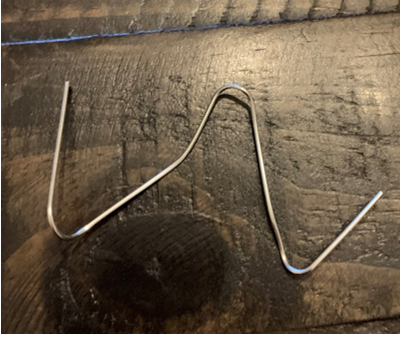
6. Tie one of the pieces of string to a washer.
7. Slide the washer and string through one of the bent paper clips so that it is hanging in the middle of the W.
8. Insert the paper clip and washer with string into two of the holes at the top of the cup.
9. Insert the 2nd paper clip into the remaining two holes. You may need to bend the ends of the paper clip a little to secure it around the cup. You have now made your pendulum!
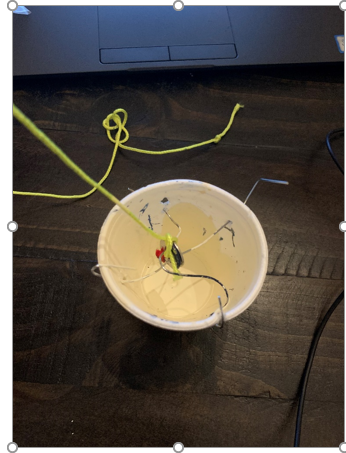
10. Spread the newspaper on the floor. Get approval from an adult about where you can make your painting. It will be messy!
11. Tie the pendulum to the wooden dowel
12. Tape the wooden dowel between 2 chairs or 2 tables
13. Place a sheet of cardstock below your pendulum and on top of the newspaper.
14. Start out by having the cup about 6 inches from the ground. You can adjust the height later.
15. Measure a 2 to 1 ratio of paint to water into one of the Styrofoam cups. You can start with 10 ml water and 20 ml paint.
16. Mix paint and water together. The paint should be fairly runny.
17. Cover the hole in the bottom of your pendulum with your finger and pour the paint into the cup.
18. Swing back the cup and let your pendulum fly! Paint should start to drip out of the cup.
19. Try swinging the pendulum in a circular motion.
*If your paint is not coming out of the cup, try adjusting the paint and water ratio. We started with a 2 to 1 ratio. Try adding a little more water to the mixture slowly and then a little more paint if needed.
As you make your pendulum paintings, experiment! What happens if….
- You adjust the paint and water ratio?
- Poke another hole in the bottom of the cup?
- Adjust the height of the pendulum?
- Add more washers to the pendulum?
- Add another color to your painting?
Watch the how-to video here:
Show us what you created! Send us pictures at youthservices@balibrary.org.
Family: Pom-Pom Party
For December only, enjoy a special box with an activity for everyone. Transform yarn into colorful pom poms for decorating gifts, trees, mantels, or yourself! Register for the Family Take & Make Kit here.
In addition to the Take & Make Box, you will need one sharp pair of scissors.
Directions to make a pom-pom:
1. Select a yarn color (or two, or three!) and a pom-pom maker. (There are four different sizes.)
2. Pull one half of the pom-pom maker away from the white circle. You should see a crescent shape now, pointing away from the main pom-pom maker.
3. Wrap yarn around the crescent, many times. The more yarn you use, the thicker and fluffier the pom-pom will be.
4. Once it's pretty thick, cut the end of the yarn. Don't stress about the end of the yarn - you can trim it later if needed.
5. Push the crescent, now wrapped up in yarn, back into the center of the pom-pom maker.
6. Pull the other half away from the center, and wrap this crescent in yarn. Try to do about the same amount of yarn, but don't worry about making it perfectly even.
7. Once both sides look about the same thickness, cut the yarn again, and fold up the crescents towards the middle. It should now look like a disc with fuzzy sides.
8. Find the seam running under the yarn strands. Wiggle your scissors into that little gap, and cut the yarn wraps across. The yarn should start fluffing out, but it shouldn't fall out of the pom-pom maker. Repeat on the other half.
9. Set aside the pom-pom maker, now bursting with yarn strands. Grab the extra yarn (or string you might have) and cut a short length, 6-8 inches or so.
10. Pull the thread through the pom-pom maker gap that you just cut along. Pull tightly and tie on the other side. Double or triple knot to keep it secure.
11. Pull the crescents away from the pom-pom.
12. Pull the two circles apart, so now your pom-pom is free.
13. Trim any long strands if you'd like to make the pom-pom as round as possible.
Watch the video to see how it's done:
Show us what you created! Send us pictures at youthservices@balibrary.org.
 Youth Services Assistant Librarian Alyssa
Youth Services Assistant Librarian Alyssa
This is the perfect holiday season to consider giving the children in your life a book or two. There’s no better break from school screen-time (as well as from the troubles of real life) than losing yourself in a good story. The following books published in 2020 are particularly great options to give to young people.
|
For the mini mathematician: |
|
|
What Will Fit? all by Grace Lin Babies and toddlers don’t need advanced calculus to be mathematically-minded. They need simple yet charming stories that gently examine ideas like size, shape, and number, which is exactly what the Story Telling Math board books provide! |
|
|
For the preschool puppy pal: |
|
|
Paolo, Emperor of Rome by Mac Barnett An old-fashioned story book about a little daring dog who seeks out adventure through the streets and sites of Rome. Give a young child the gift of travel through books, while most international vacations are still off the table. |
|
|
For a little language learner: |
|
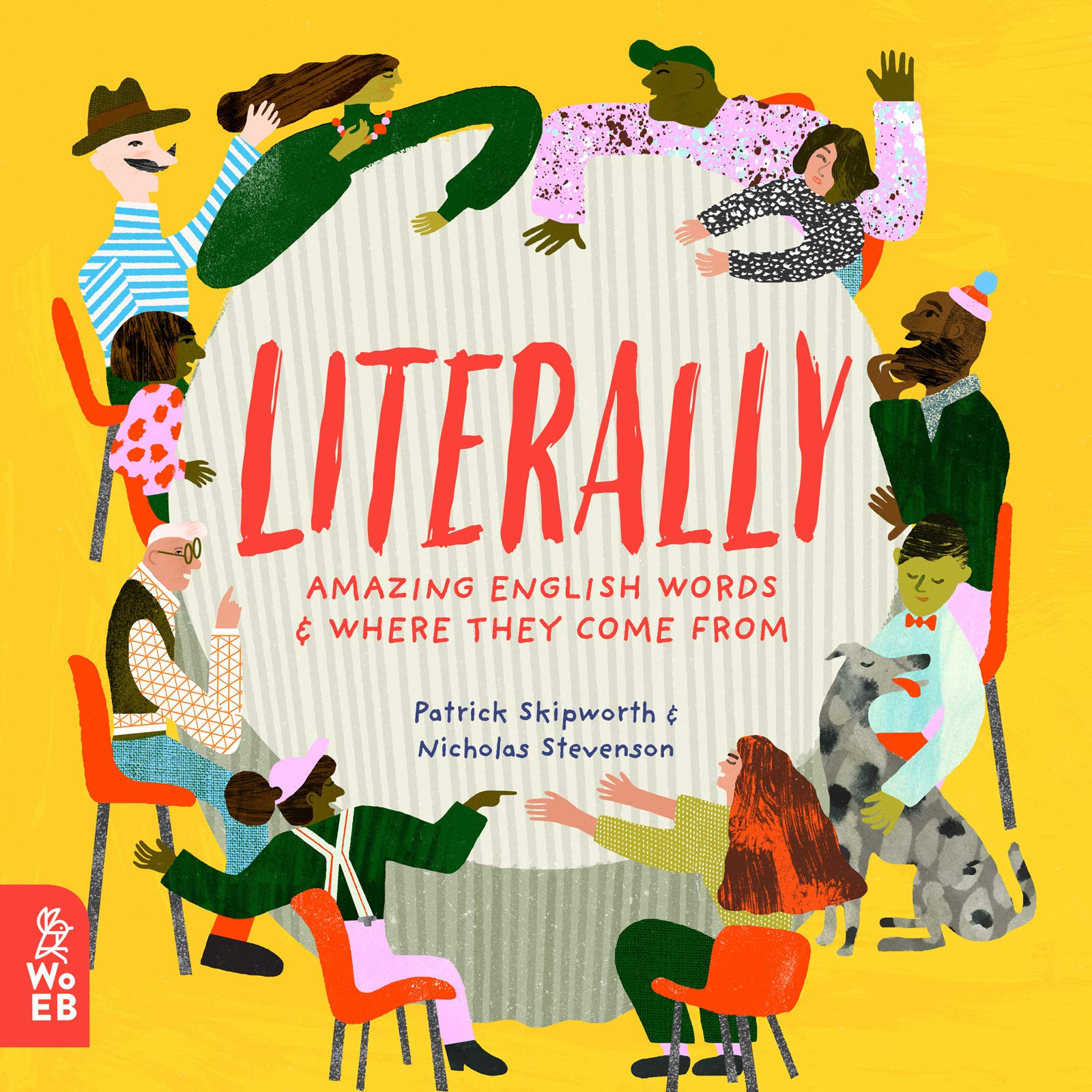 |
Discover the meaning and rich global history of twelve fascinating and fun-to-say words, including ukulele, zero, karaoke, and jaguar. Dynamic, two-page artworks accompany each short entry. A beautiful and engaging introduction to etymology. |
|
For a young romantic: |
|
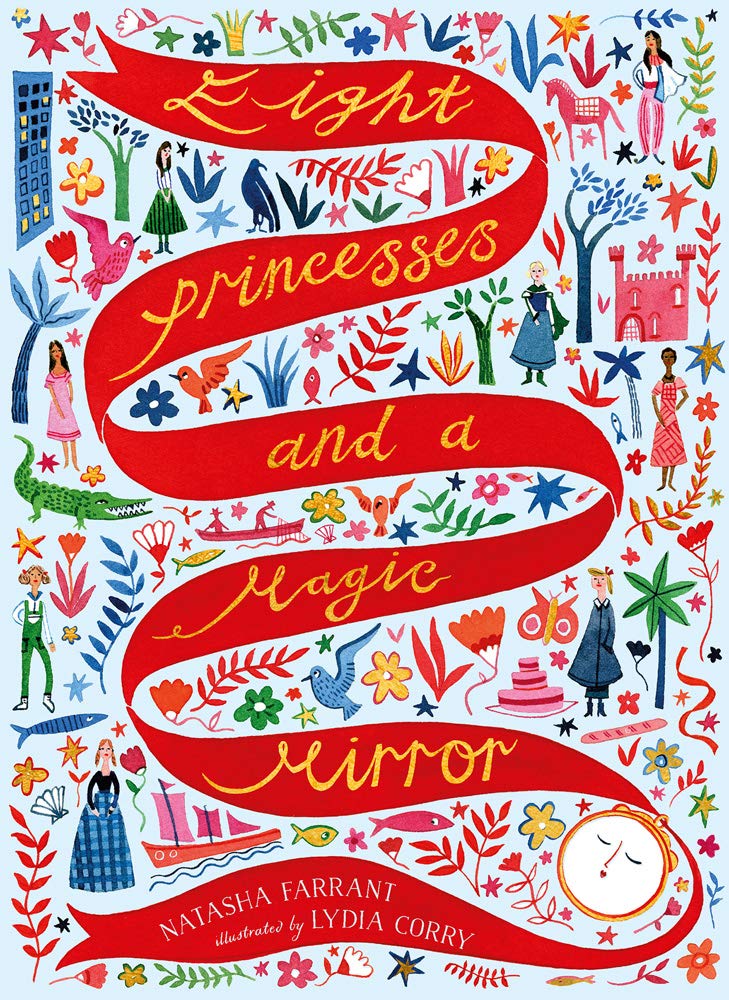 |
Eight Princesses and a Magic Mirror by Natasha Farrant An enchantress agrees to help bring up her brand-new goddaughter to be an "excellent princess," but she realizes she’s not sure what that means! So she sends her Magic Mirror across the world to learn about 8 different princesses and what makes them extraordinary. A gorgeous, full-color book, great for ages 8-11, sure to be a keepsake turned to again and again. |
|
For the curious-about-anything-but-books child: |
|
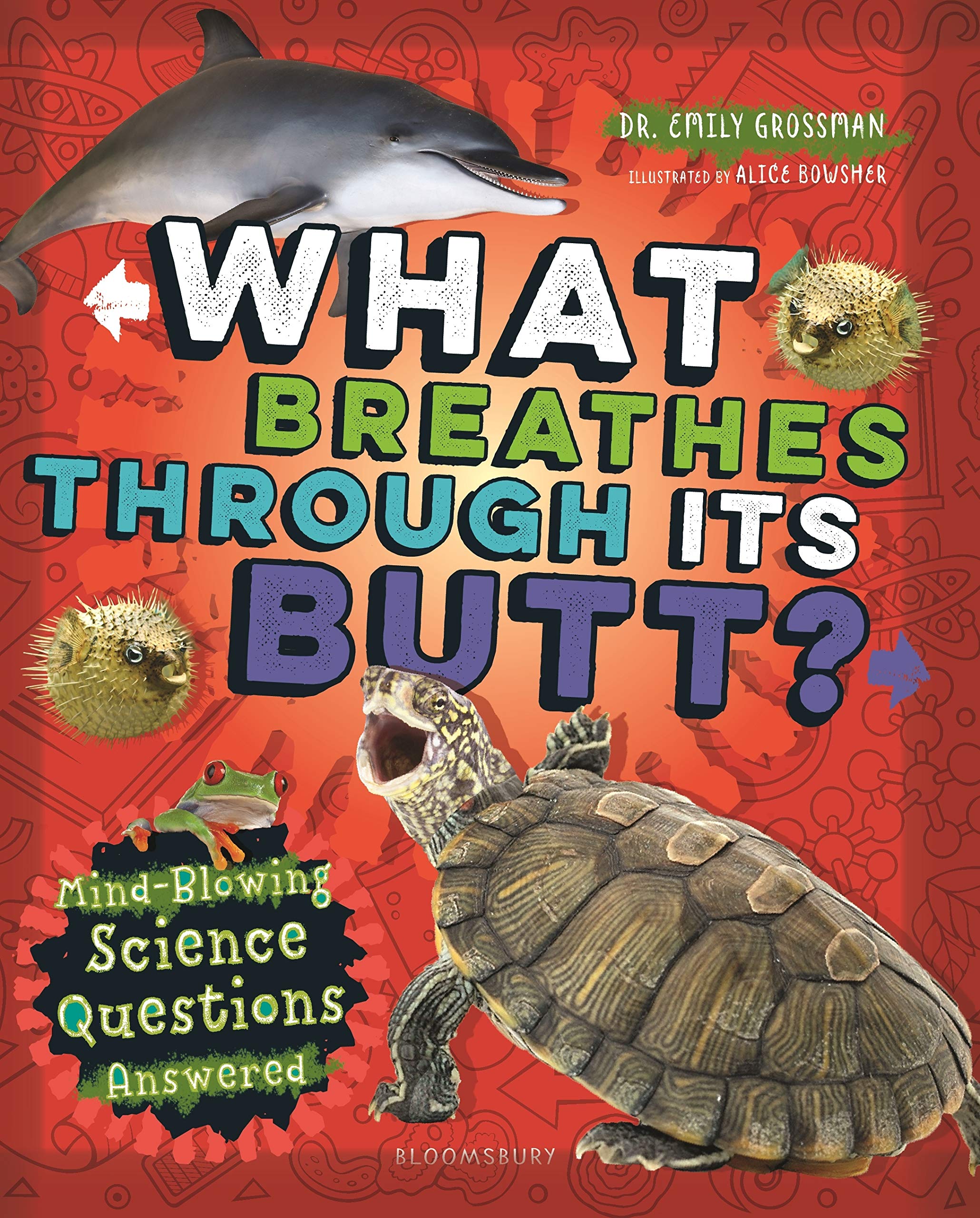 |
Over 200 pages of mind-blowing answers to all kinds of questions kids might wonder themselves. Color art, photography, speech bubbles, and a dynamic layout may get your reluctant reader turning pages way past bedtime. |
| For the socially-conscious teen: | |
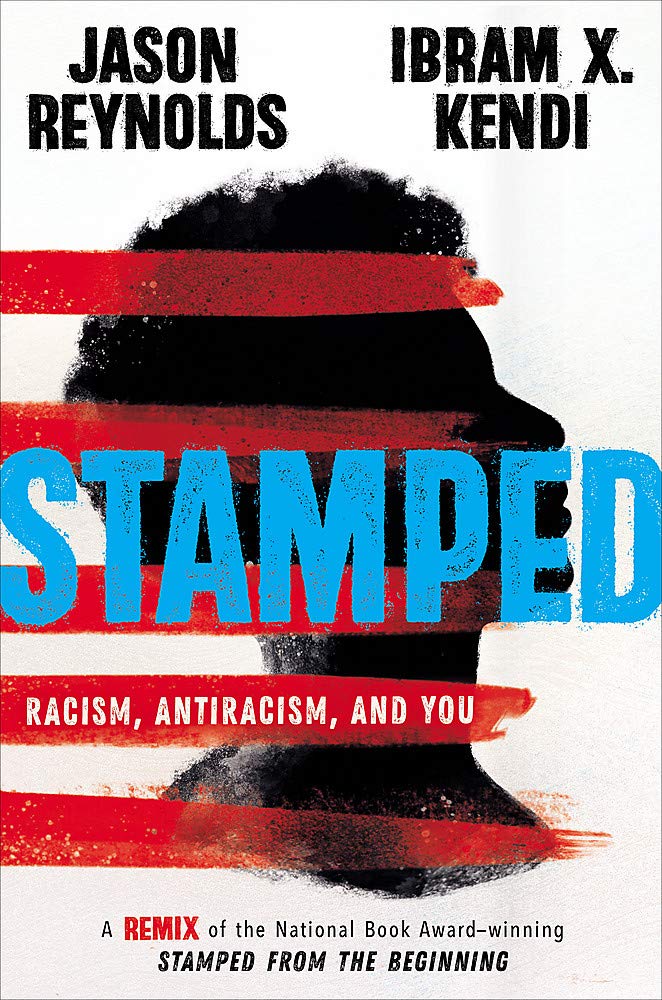 |
Stamped: Racism, Antiracism, and You by Jason Reynolds and Ibram X. Kendi This adaptation of Ibram X. Kendi’s Stamped From the Beginning is a mega-bestseller, and for good reason - it’s a powerful, inspiring read for young activists. |
| For the Harry Potter superfan: | |
|
Hollowpox: The Hunt for Morrigan Crow (plus Books 1-2) by Jessica Townsend For middle-grade fantasy fanatics, this fun series may be a good choice, since it’s flown a bit under the radar. Give your reader all three books (so far - 9 are planned) for a Morrigan Marathon! |
|
Sign up for our new e-newsletters to discover the latest and greatest books for kids, delivered straight to your inbox every month!
 Youth Services Librarian Allison
Youth Services Librarian Allison
We absolutely love to hear how families share reading. It’s such a fantastic bonding experience, not to mention modeling the importance of reading to children. But finding books that work for chapter-a-night read-alouds can be tricky. If the book’s too long, kids lose interest. Too mature, and the 4-year-old won’t “get it.” Too babyish, and the 8-year-old will roll his eyes. (Maybe the grown-up will, too!)
Here’s a roundup of newer, fantastic read-aloud options, especially for families with different ages of children. These books all have short chapters, occasional illustrations, and gentle stories and themes that can be enjoyed by young children, older children, and perhaps even the adults reading aloud!
|
The Very, Very Far North by Dan Bar-el Meet Duane the polar bear, who discovers many potential friendships in other arctic creatures up in the Very, Very Far North. These gentle stories may remind you of Winnie the Pooh. Perfect for reading aloud! |
|
|
Dragons in a Bag by Zetta Elliott When Jaxon is sent to spend the day with a mean old lady his mother calls Ma, he finds out she's not his grandmother--but she is a witch! She needs his help delivering baby dragons to a magical world where they'll be safe. A perfect fantasy adventure for young readers. |
|
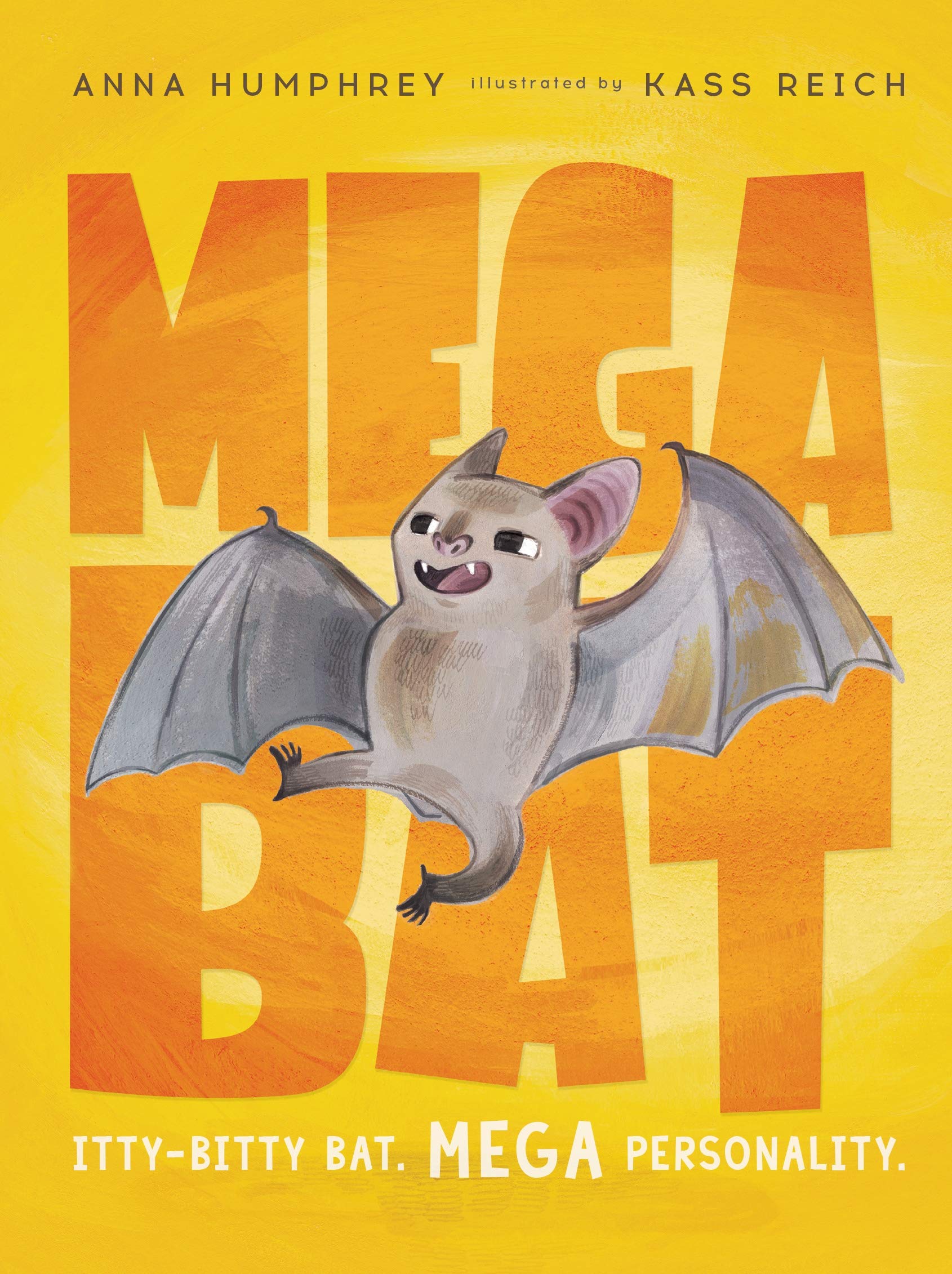 |
A boy adjusting to his new house bonds with a cute little fruit bat (accidentally shipped from the Borneo rainforest) who talks and has a love of all things sweet. A very funny animal story, with a sequel! |
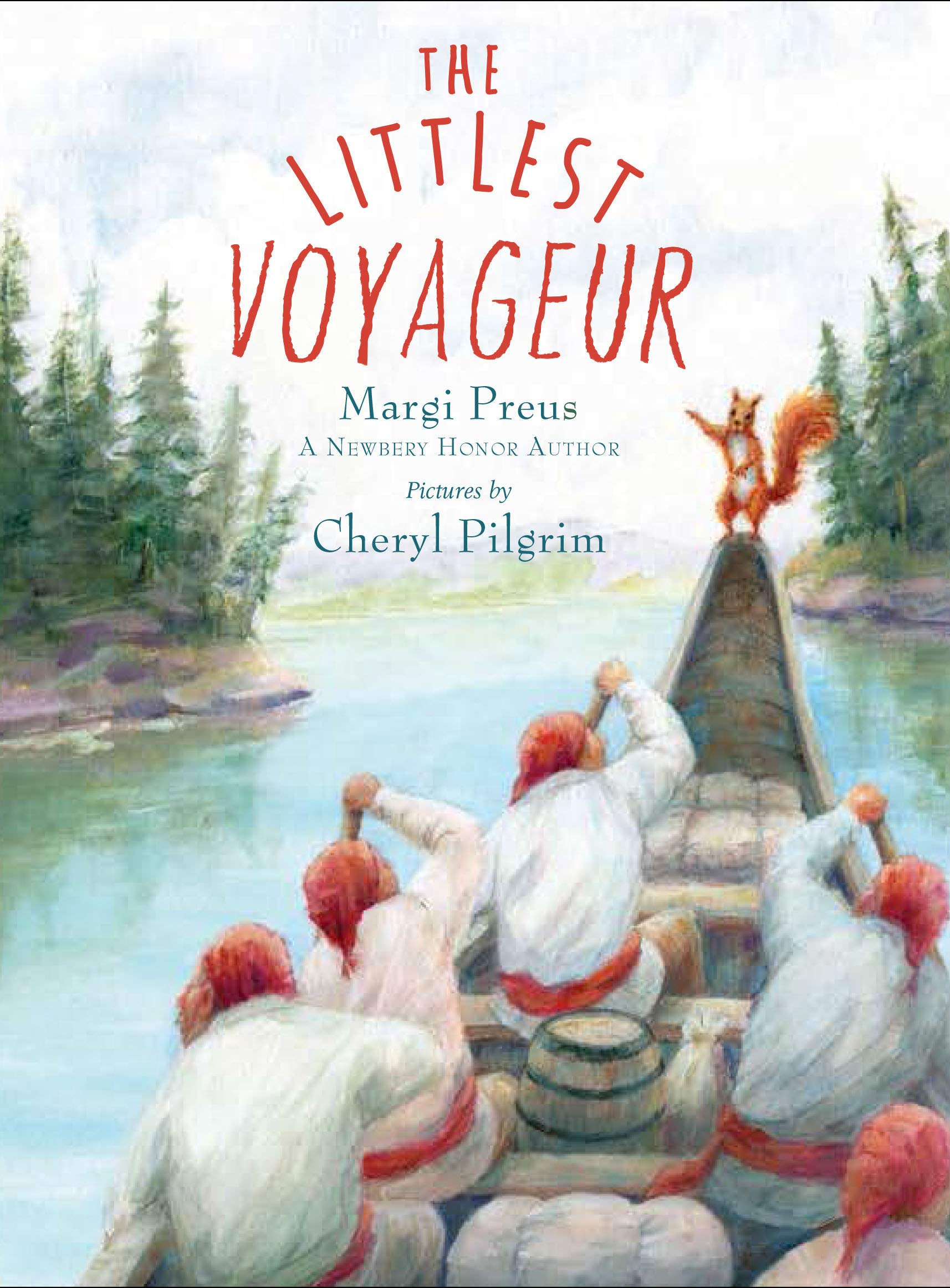 |
The Littlest Voyageur by Margi Preus A little red squirrel watches men rowing canoes, off to an unknown adventure, and longs to join them in their quest. Stowing away in the canoe, the squirrel finds his true identity - Jean Pierre Petit Le Rouge - and calling as a voyageur. A charming historical fiction novel for young readers and families. |
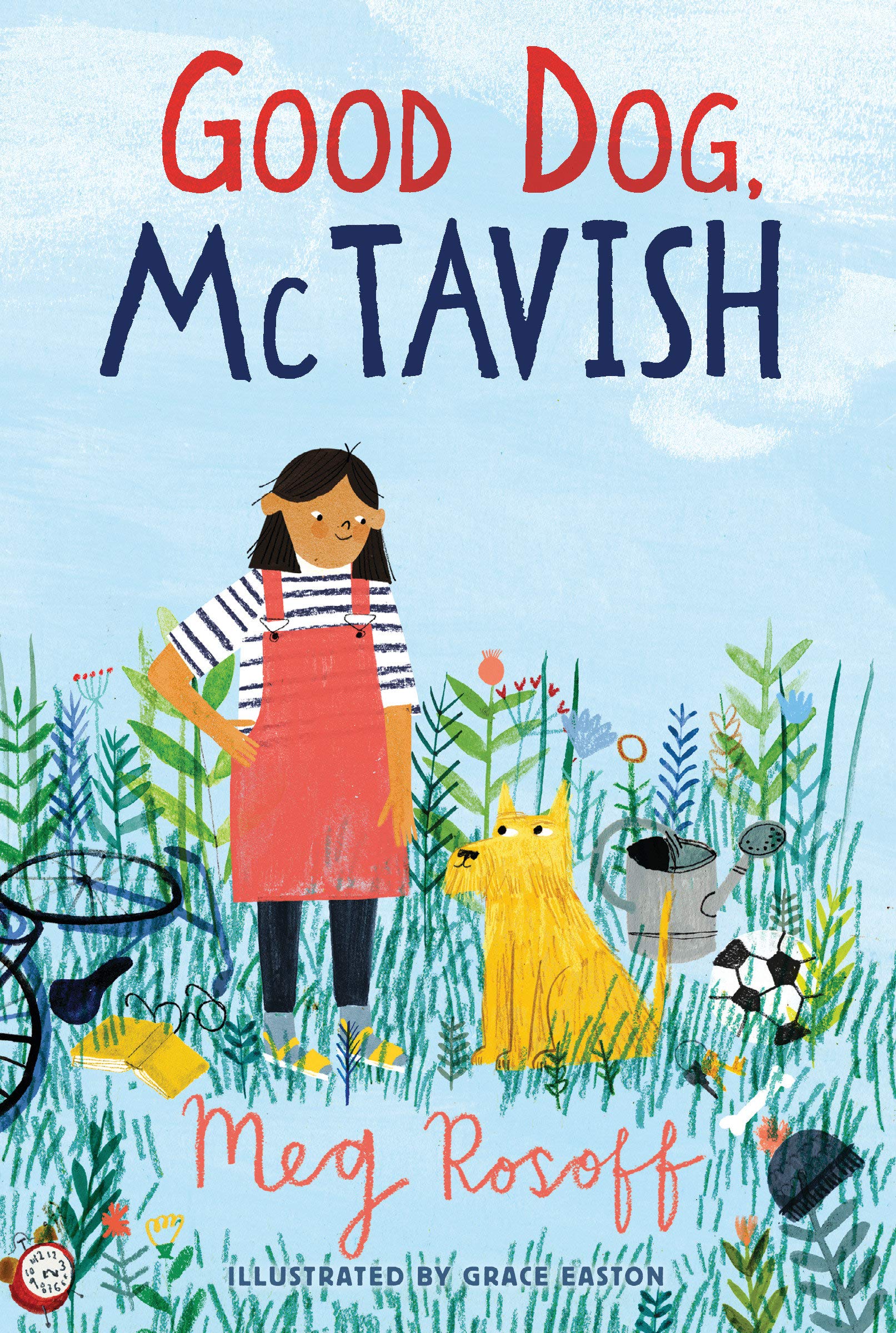 |
Good Dog, McTavish by Meg Rosoff When Ma Peachey declares a strike, the rest of the family finds themselves abandoned to chaos: no one cooks dinner, no one picks up the dirty laundry, the children are always late for school, and there is a good deal of squabbling and squalor. Enter McTavish, a rescue dog who, true to his mission, is ready to teach this family some new tricks. A witty tale for family sharing. |
Sign up for our new e-newsletters to discover the latest and greatest books for kids, delivered straight to your inbox every month!
 Youth Services Librarian Allison
Youth Services Librarian Allison
During Native American Heritage Month, and all year long, one of my top priorities is to ensure that the depictions of Indigenous and Native people in the books I read and promote are authentic and accurate. Many traditional Thanksgiving-themed books contain harmful portrayals and stereotypes of Indigenous and Native communities, but these contemporary #OwnVoices selections are written and/or illustrated, and celebrated by the communities they represent.
If you’re interested in learning more about how to interrogate children’s books that depict Indigenous and Native communities, I highly recommend American Indians in Children’s Literature, a blog run by Debbie Reese (Nambé Pueblo) and Jean Mendoza. Reese and Mendoza also adapted a book for adults by Roxanne Dunbar-Ortiz for a middle grade and young adult audience, called An Indigenous Peoples’ History of the United States for Young People, which chronicles the settlement of the “new world” from the perspective of Indigenous people, and highlights their resistance and resilience.
For more book recommendations, check out this book list from the American Indian Library Association, and the past and current winners of the American Indian Youth Literature Award.
 |
We are Grateful: Otsaliheliga by Traci Sorell, illustrated by Frane Lessac Learn about a year in the life of contemporary Cherokee family, and the ways in which they express gratitude throughout each season. |
 |
We are Water Protectors by Carole Lindstrom, illustrated by Michaela Goade A powerful and poignant look at the Indigenous fight against the Dakota Access Pipeline, and the interconnectedness of all inhabitants of Mother Earth. |
 |
Fry Bread by Kevin Noble Maillard, illustrated by Juana Martinez-Neal Fry bread might seem simple on the surface, but its history is not. Dive into this almost 150-year long tradition and its importance to Native American families of many different nations (Did you know there are about 573 federally recognized Native American tribes in the United States currently?). The author even includes his own recipe, so you can try it yourself! |
 |
A Day with Yayah by Nicola I. Campbell, illustrated by Julie Flett Set in the Nicola Valley of British Columbia, Yayah takes her grandchildren on an adventure in nature, teaching them to forage plants and mushrooms, and sharing her vast knowledge of the natural world. |
|
Jingle Dancer by Cynthia Leitich Smith, illustrated by Cornelius Van Wright and Ying-Hwa Hu Jenna daydreams about jingle dancing, a tradition that is shared by the women in her family, and can’t wait until she can dance at the next powwow. The only problem is, Jenna doesn’t have enough jingles for her dress. Join Jenna as she collects all the jingles she needs on her journey to her first official jingle dance. A beautifully illustrated and heartwarming tale of tradition and family, with an author’s note about the origin and varying practices of jingle dancing at the end. |
|
 |
Bowwow Powwow by Brenda J. Child, translate by Gordon Jourdain, illustrated by Jonathan Thunder Windy Girl loves to hear Uncle’s many vibrant stories while riding to the powwow with her dog Itchy Boy. One night after taking in all that the powwow has to offer, Windy falls asleep to the steady drumbeat, snuggled up with Itchy Boy, and dreams of jingle dancers, traditional dancers, a visiting drum group, and so much more--all of them with paws and tails, just like Itchy Boy! This is a joyful tale in celebration of the magic of the powwow. |
 |
At the Mountain’s Base by Traci Sorell, illustrated by Weshoyot Alvitre At the mountain’s base, there is a Cherokee family living in a cabin, patiently weaving, singing, cooking, worrying, and waiting for the safe return of a relative serving as a pilot in the United States Armed Forces. This book pays tribute to Native women such as Ola Mildred “Millie” Rexroat, who have served, and continue to serve their country by going to war. |
 |
Powwow: A Celebration through Song and Dance by Karen Pheasant-Neganigwane A comprehensive history of the Indigenous tradition of the powwow, from its origins, to a breakdown of powwow culture, to an explanation of various songs and dances, and a look at powwows as they occur in modern days throughout the United States and Canada. With the author’s family background and photos interspersed, this is a powerful and thorough tribute to the powwow. |
 |
This is a nonfiction book that chronicles the many invasions that Indigenous people have faced throughout history, and how they defended themselves, fought back, and sustained their livelihood. From the Vikings to Christopher Columbus, just to name a few, these stories are all told from an Indigenous perspective, one that we don’t often see in many of our history books. |
 |
I Can Make This Promise by Christine Day For most of her life, Edie has always known that her mom was adopted, and that Edie has Native American heritage, but that is pretty much the extent of her knowledge. Join Edie as she discovers a mysterious box in her attic, which contains a photo of a woman who looks just like her, and begins a journey to uncover her family’s history, no matter how difficult it may be. |
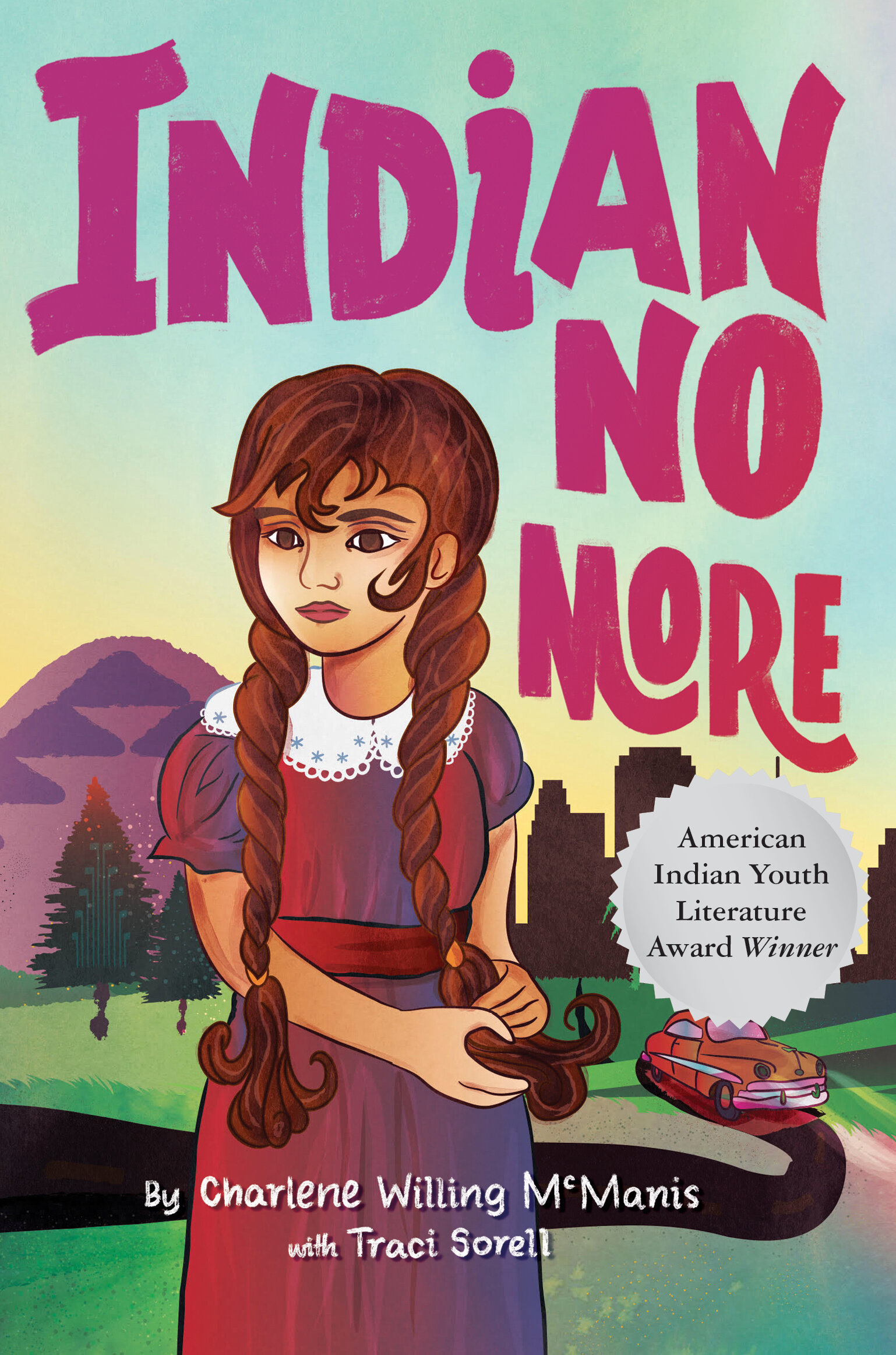 |
Indian No More by Charlene Willing McManis with Traci Sorell A heartbreaking but necessary read, set in 1957, this book tells the story of Regina and her family, who are Umpqua and have always lived on the Grand Ronde reservation. Their world is turned upside down when a bill that is signed into law mandates that Regina’s tribe no longer exists, and they are displaced, having to move from Oregon to Los Angeles to find work. For the first time in her life, Regina has had to grapple with racism that is directed toward her, and the kids in her neighborhood, and must try to keep her Native identity alive in a completely unfamiliar and unwelcoming environment. |
 Youth Services Assistant Librarian Stefanie
Youth Services Assistant Librarian Stefanie

